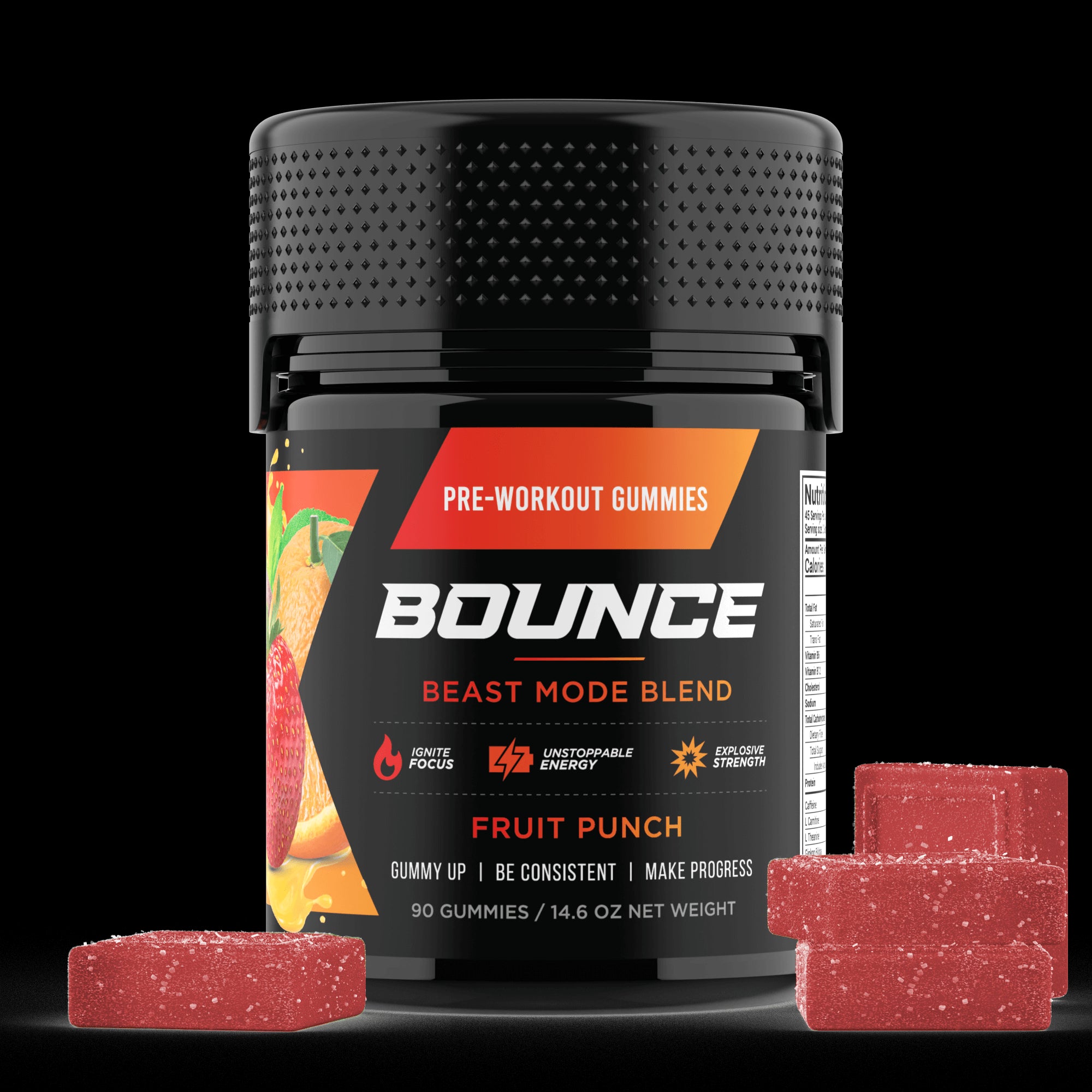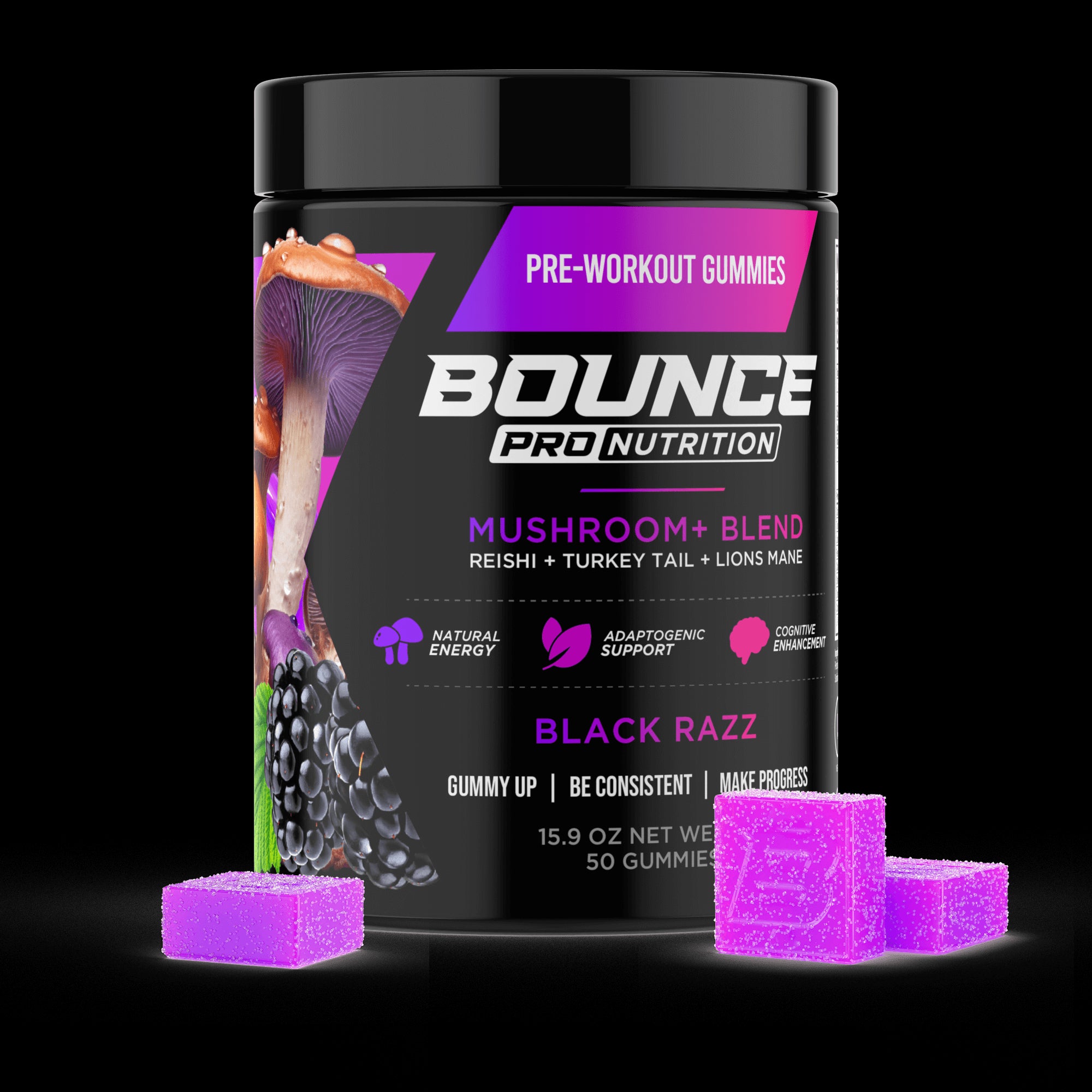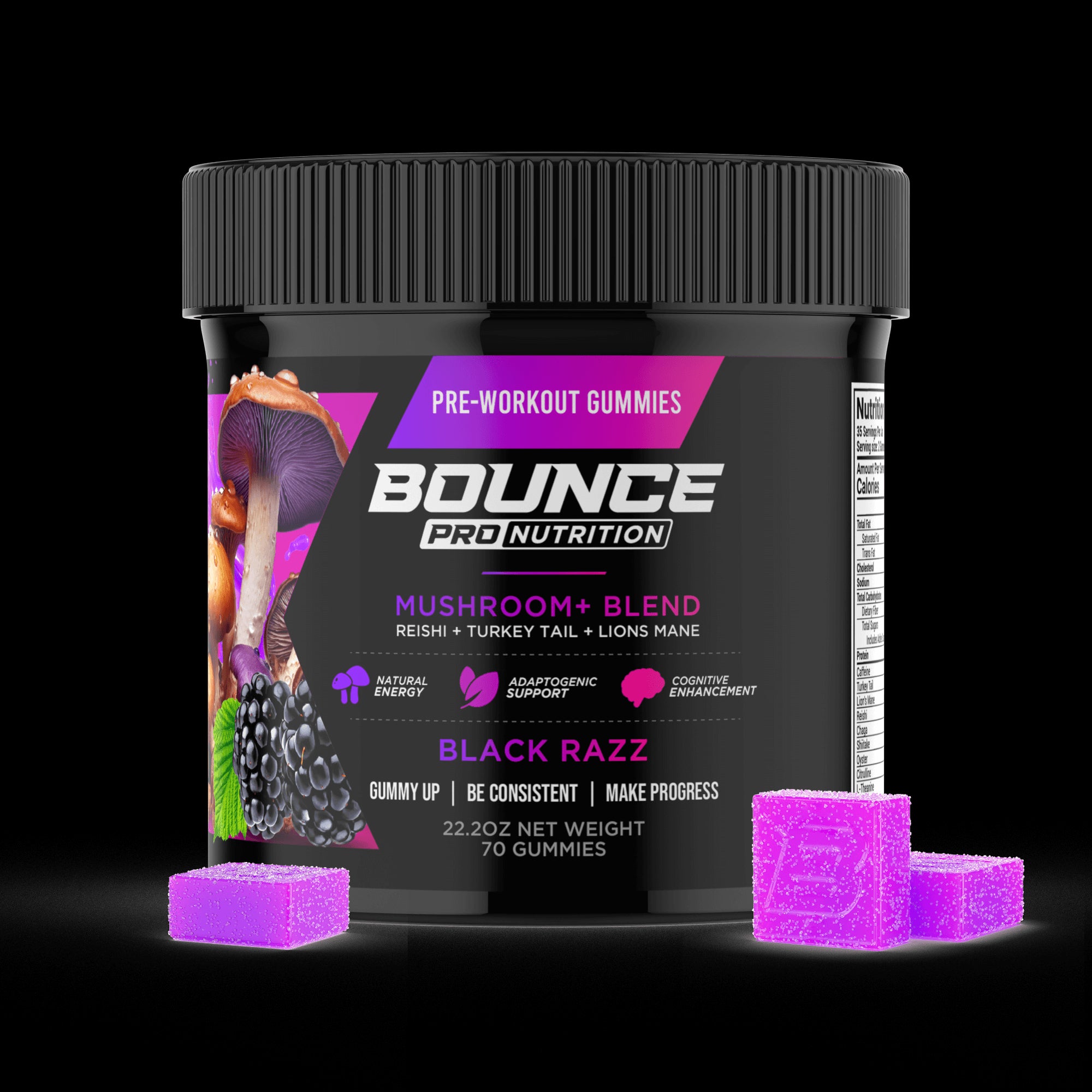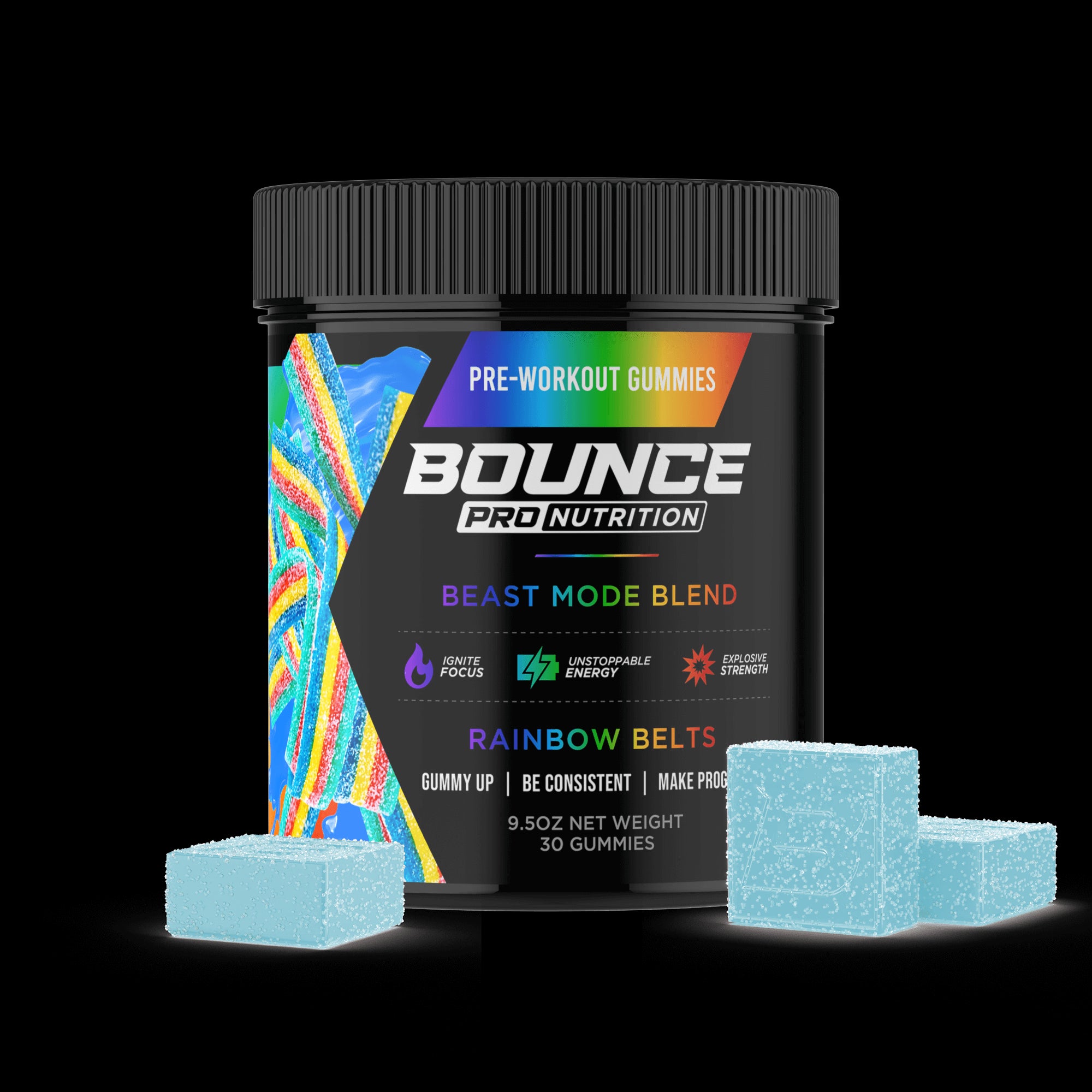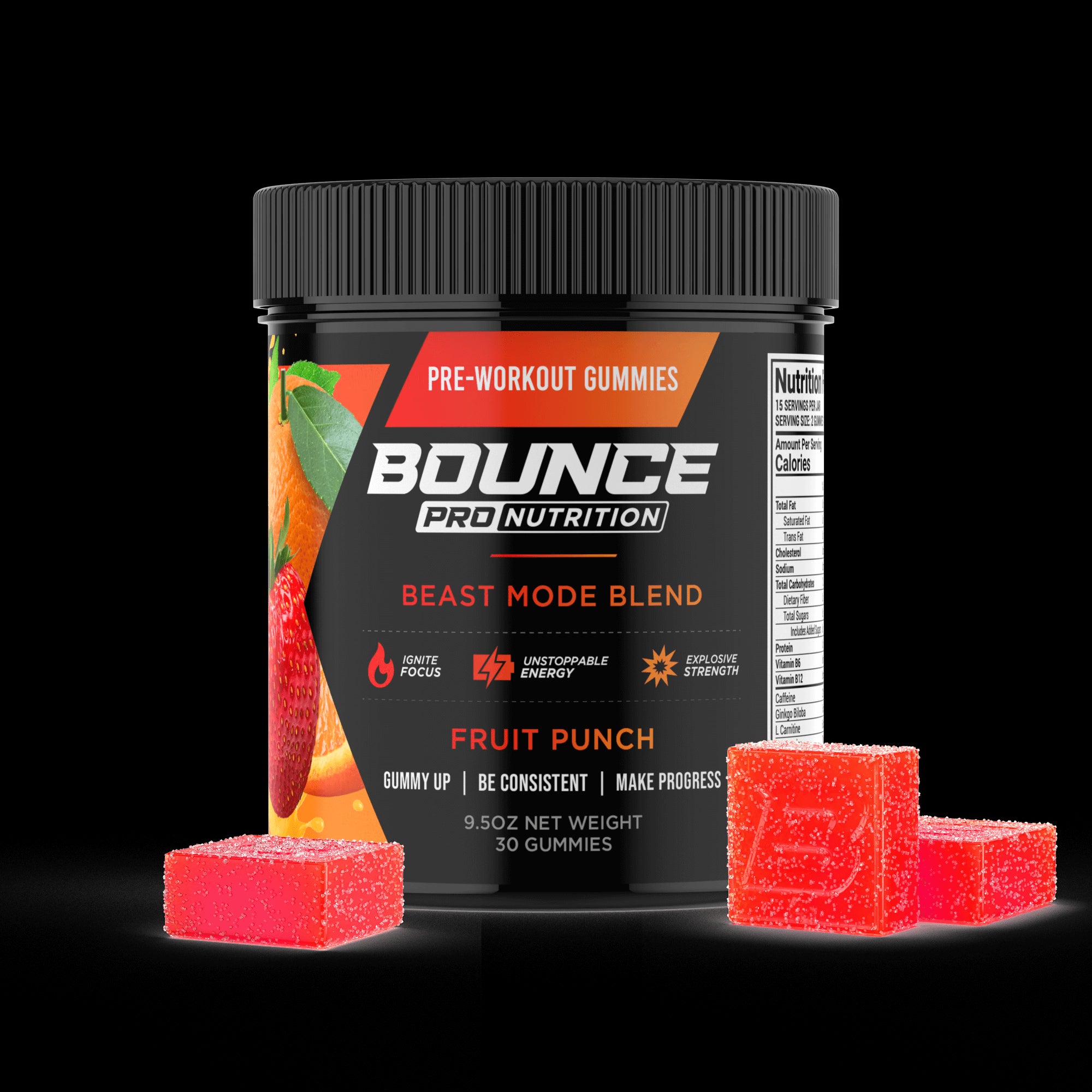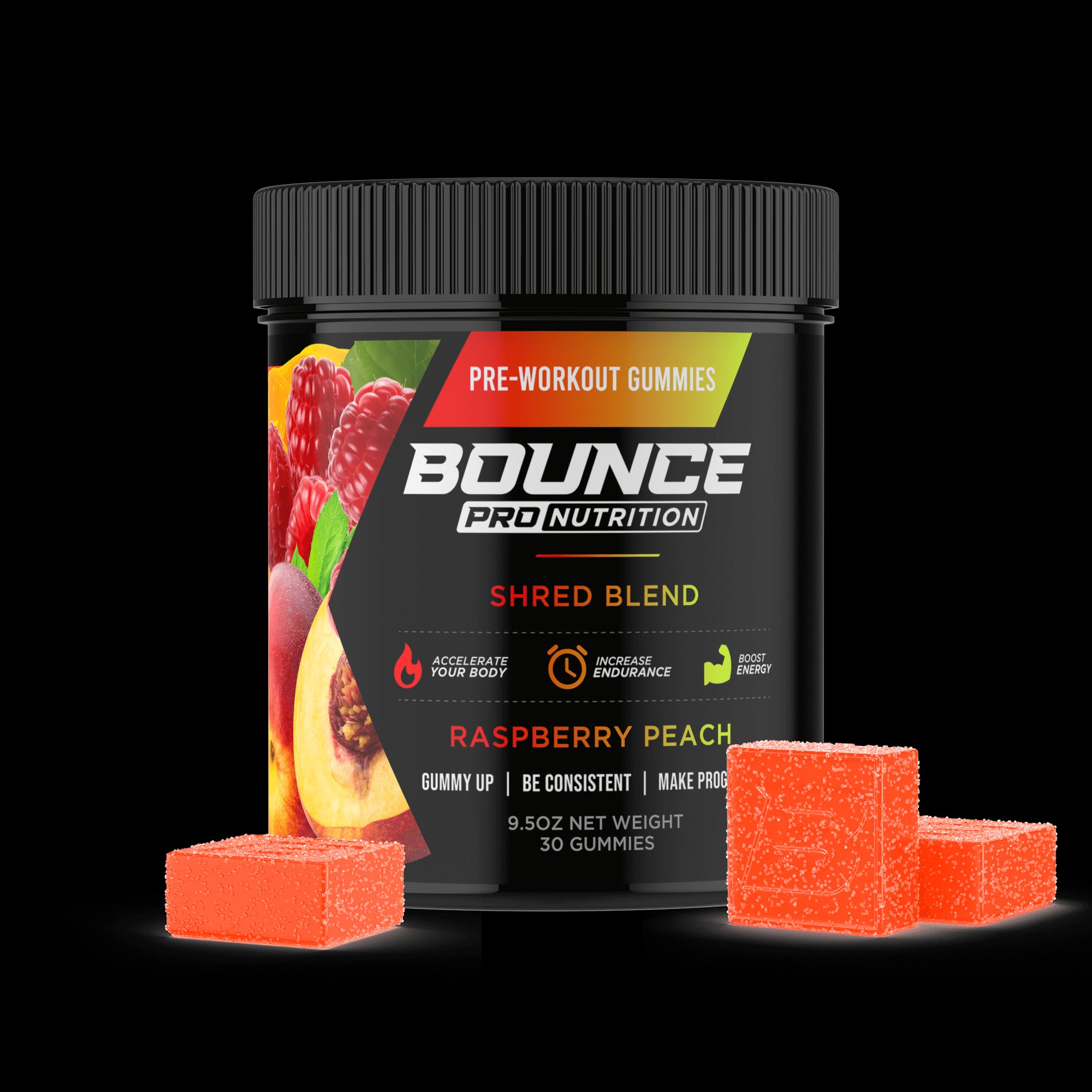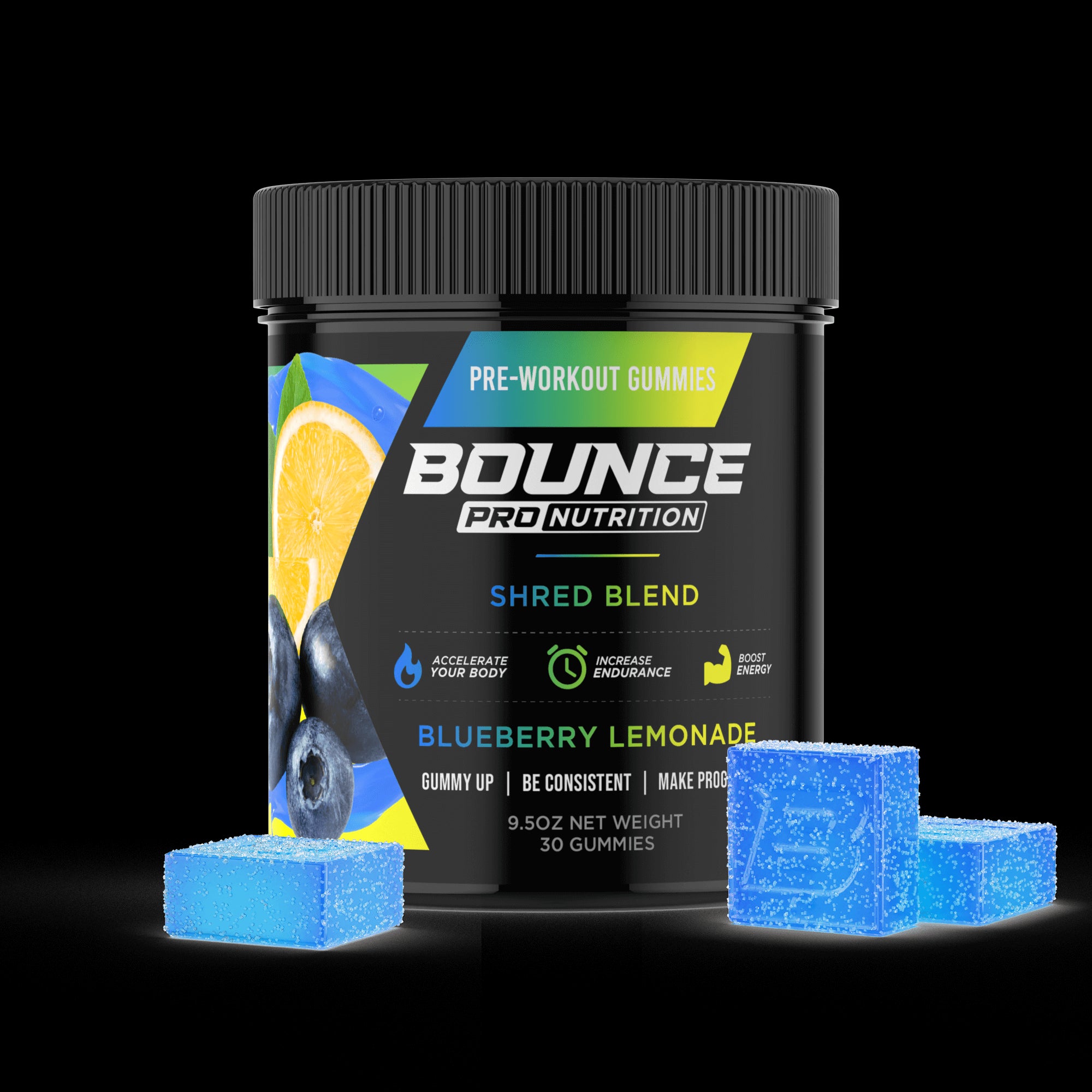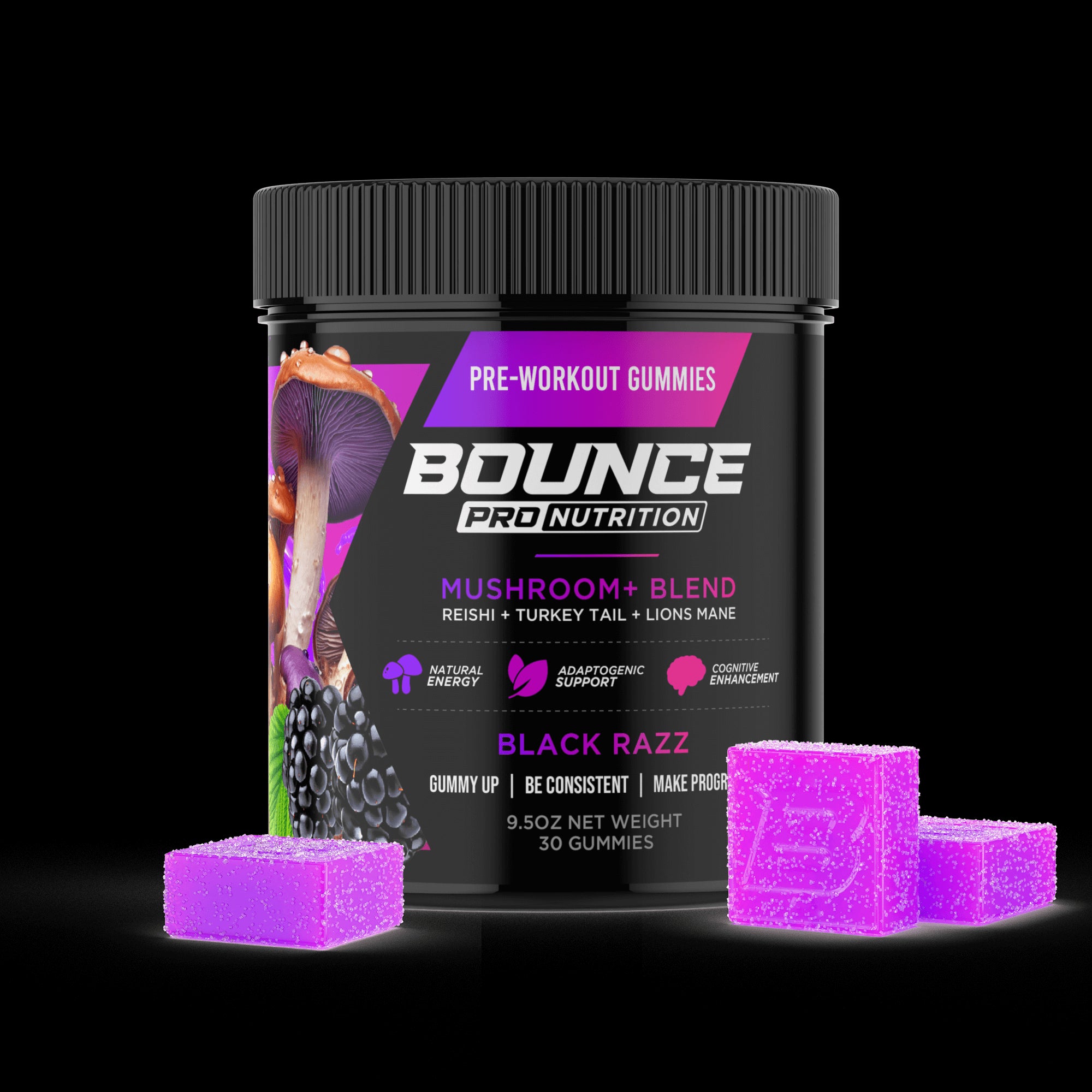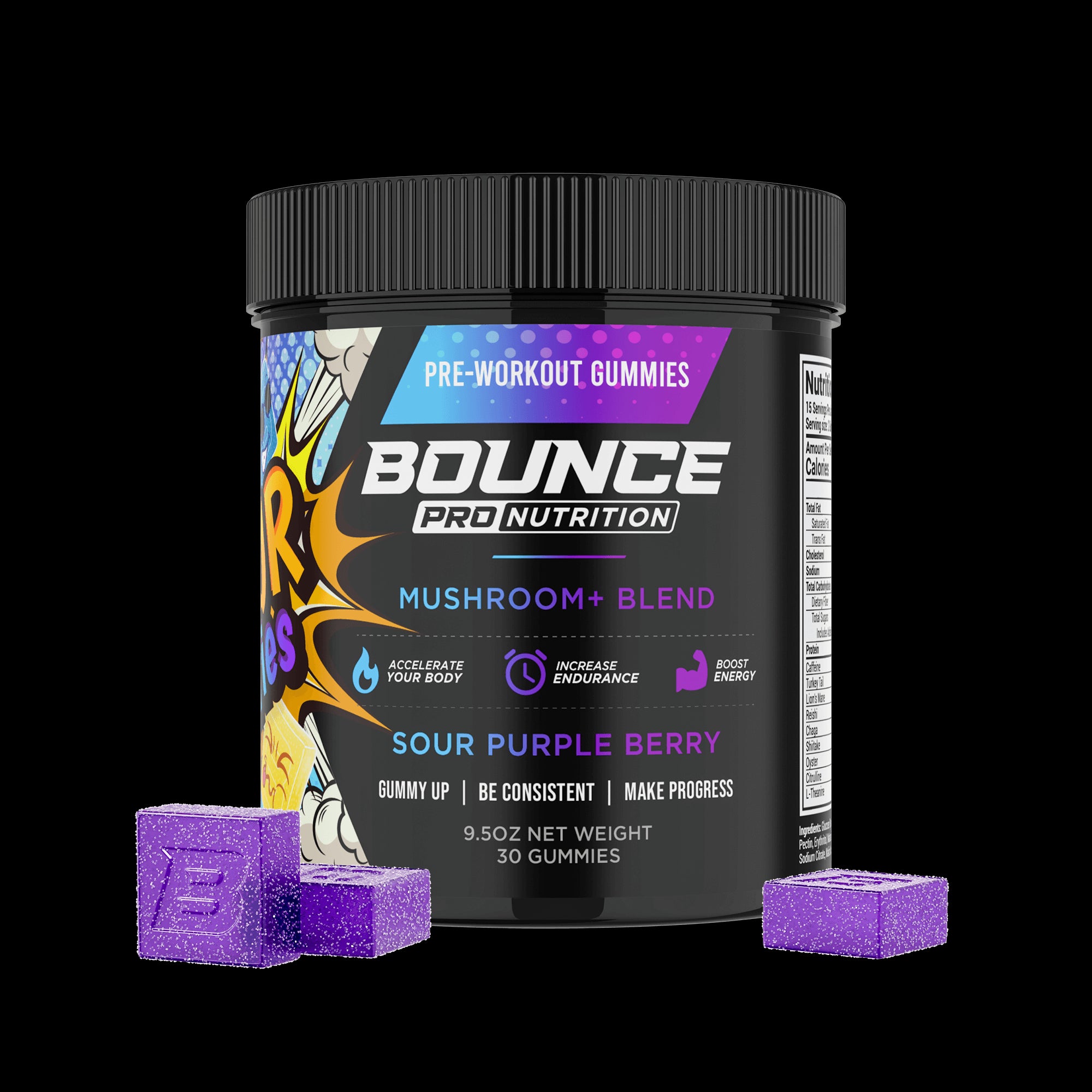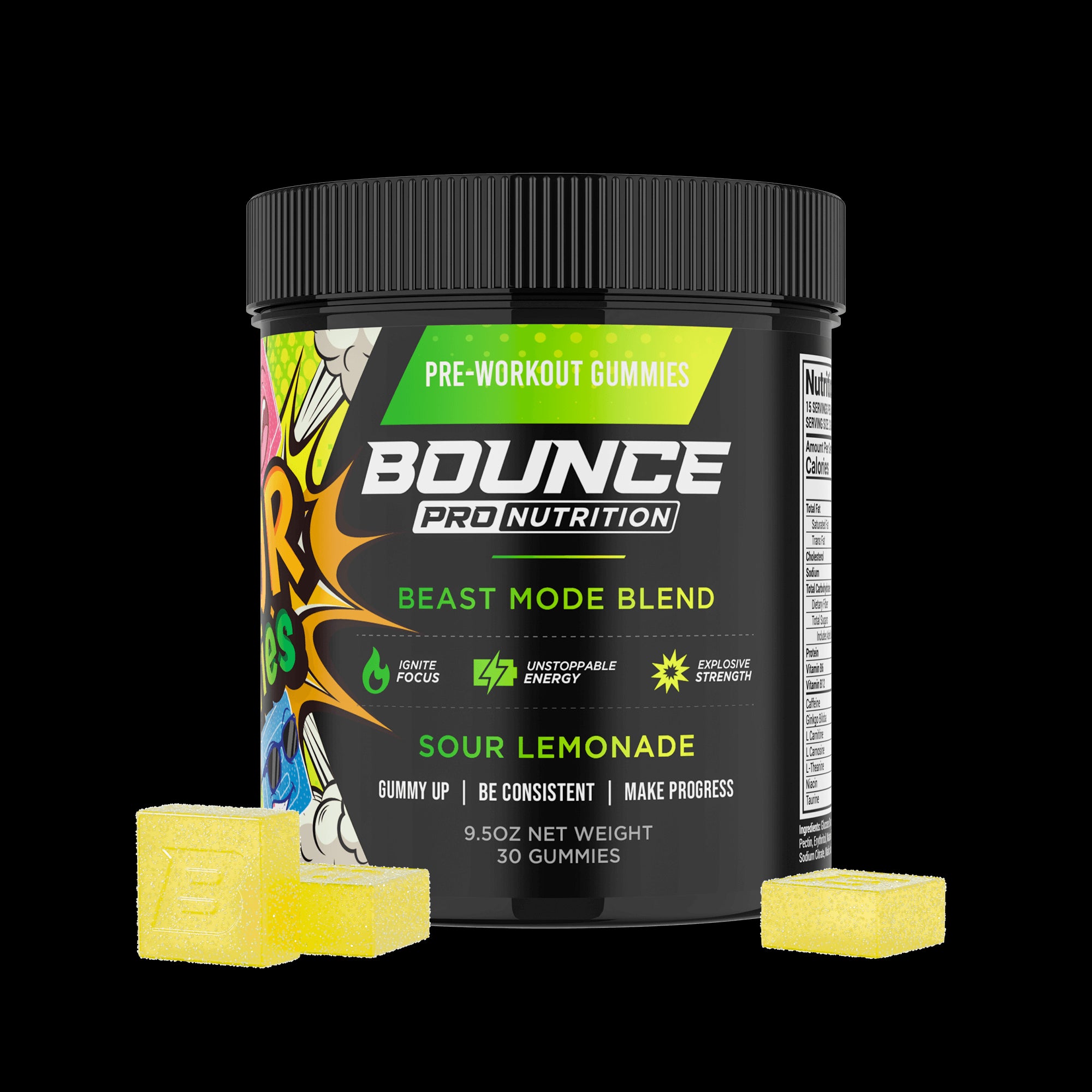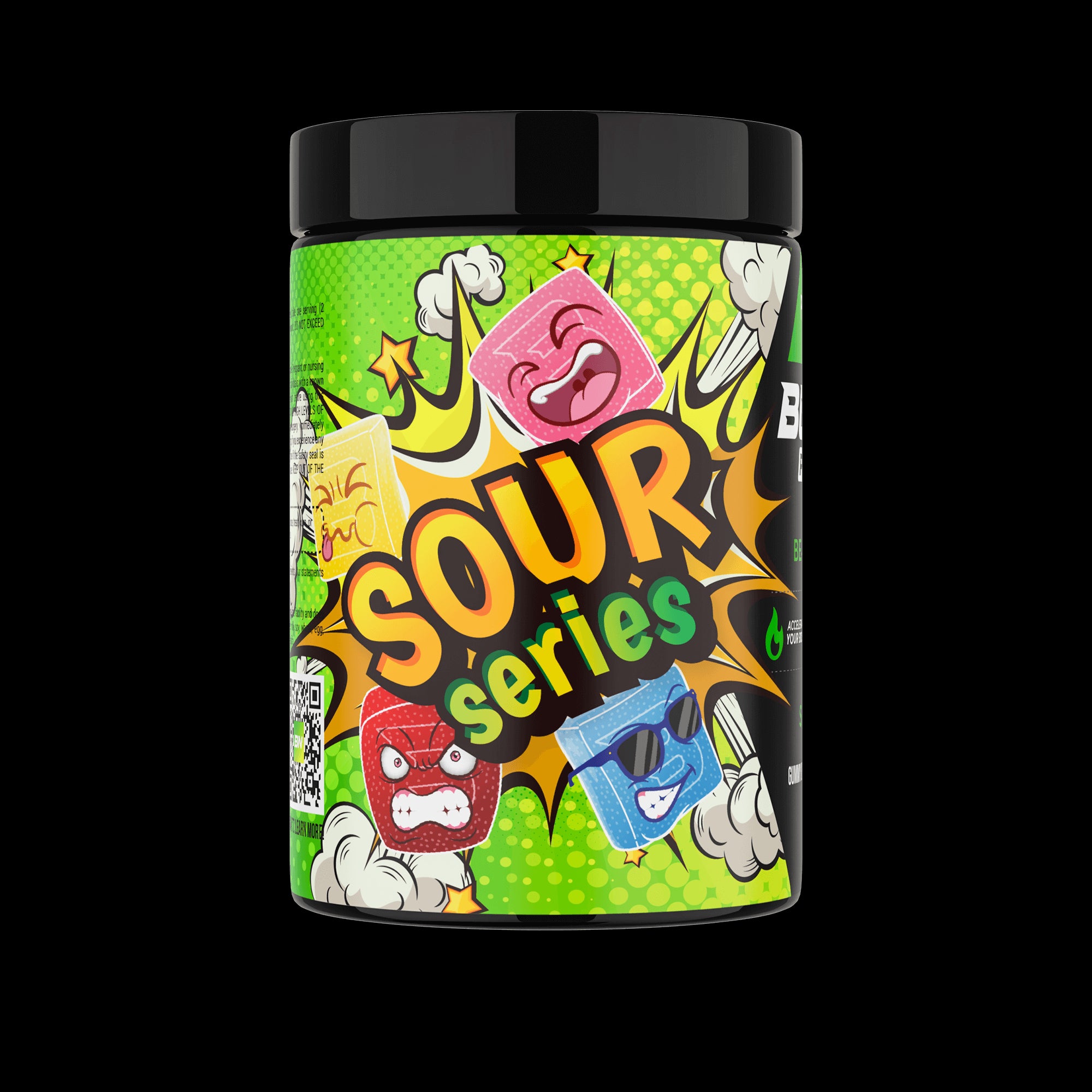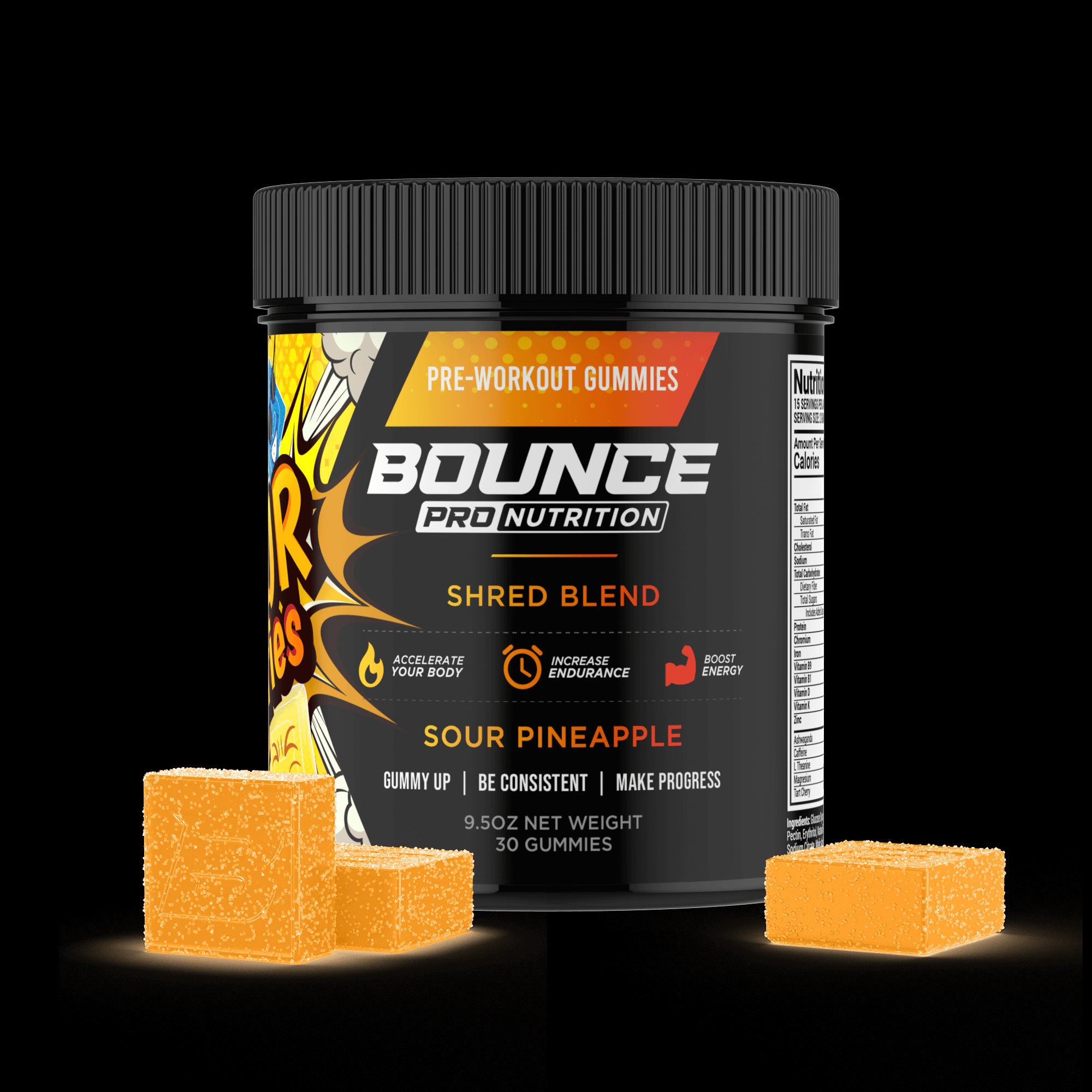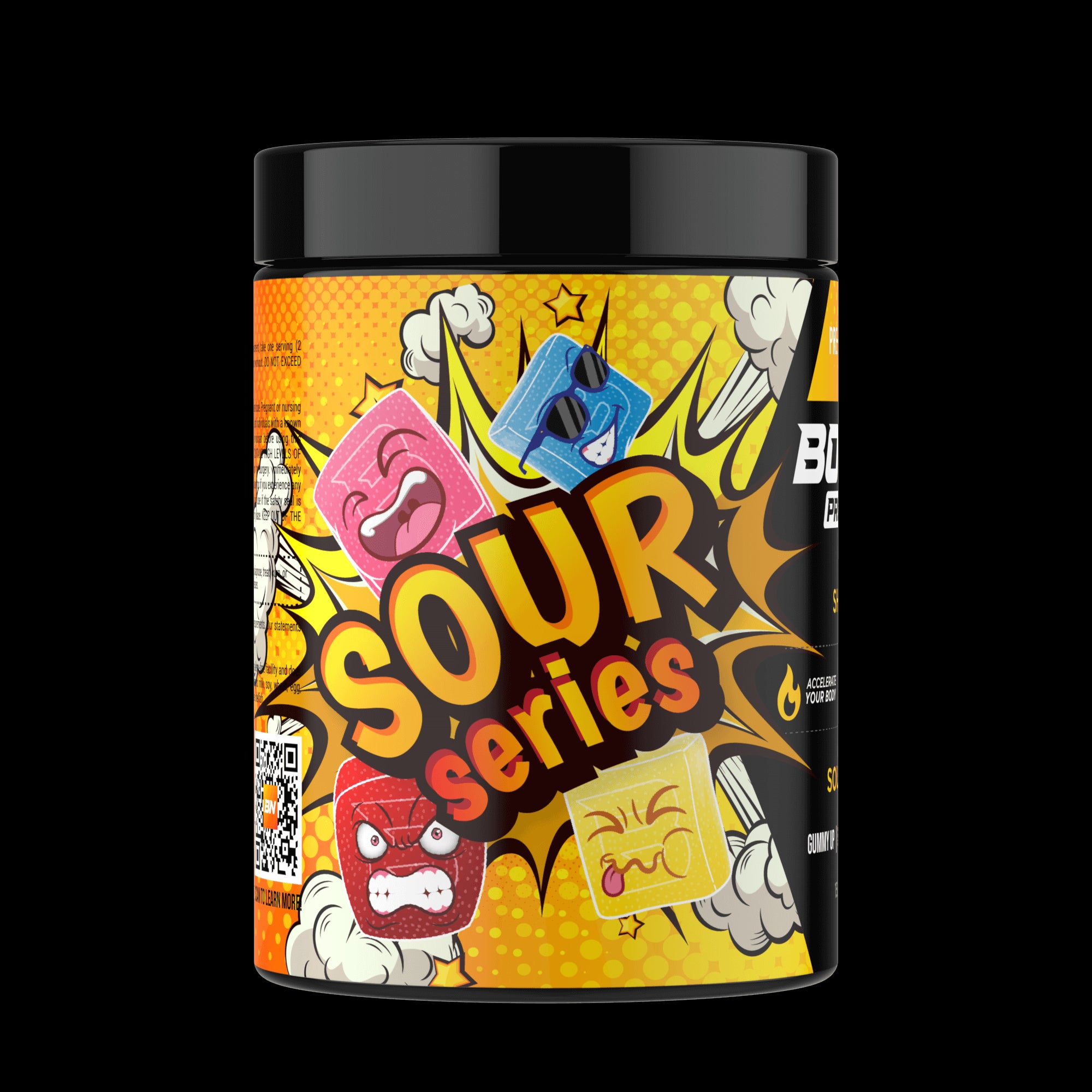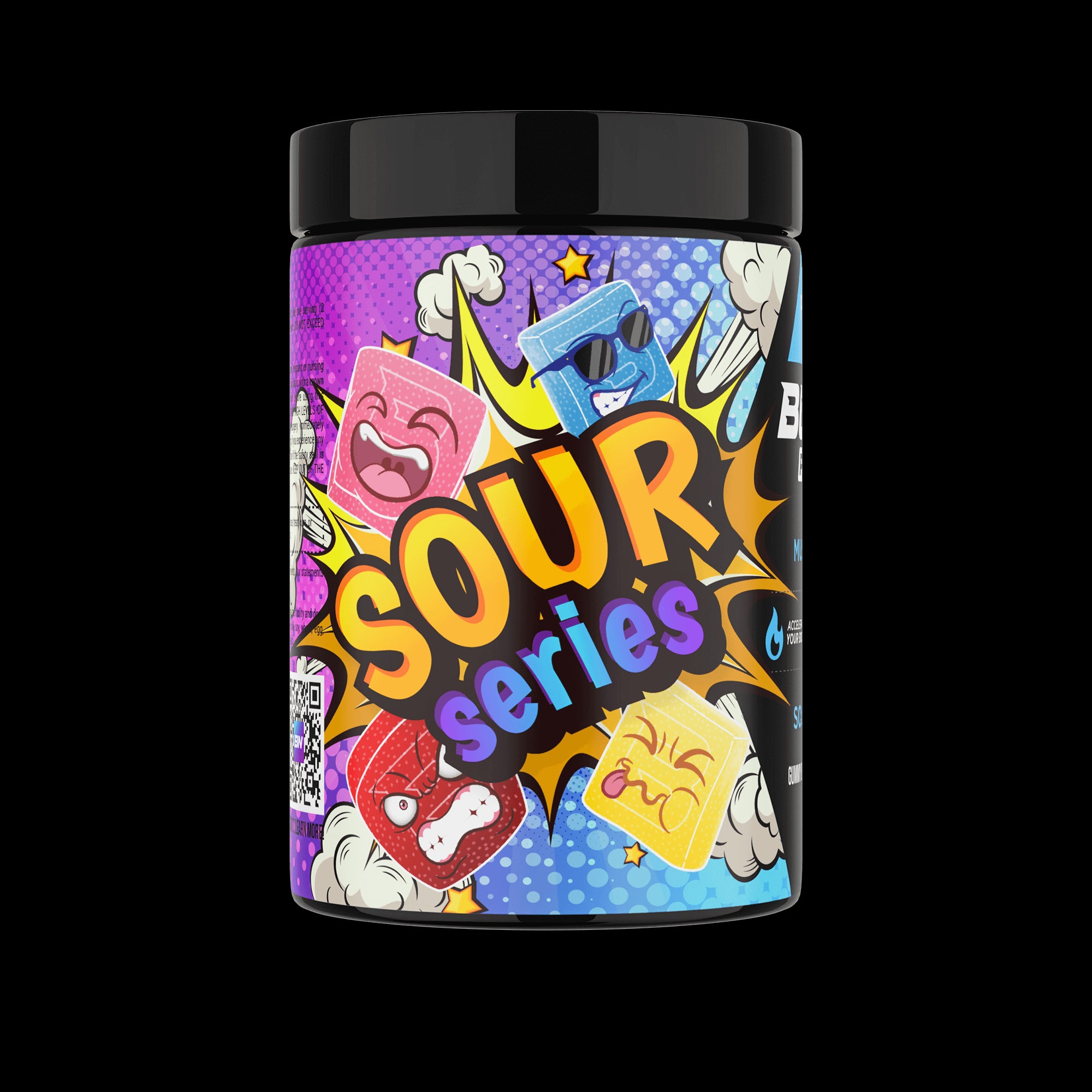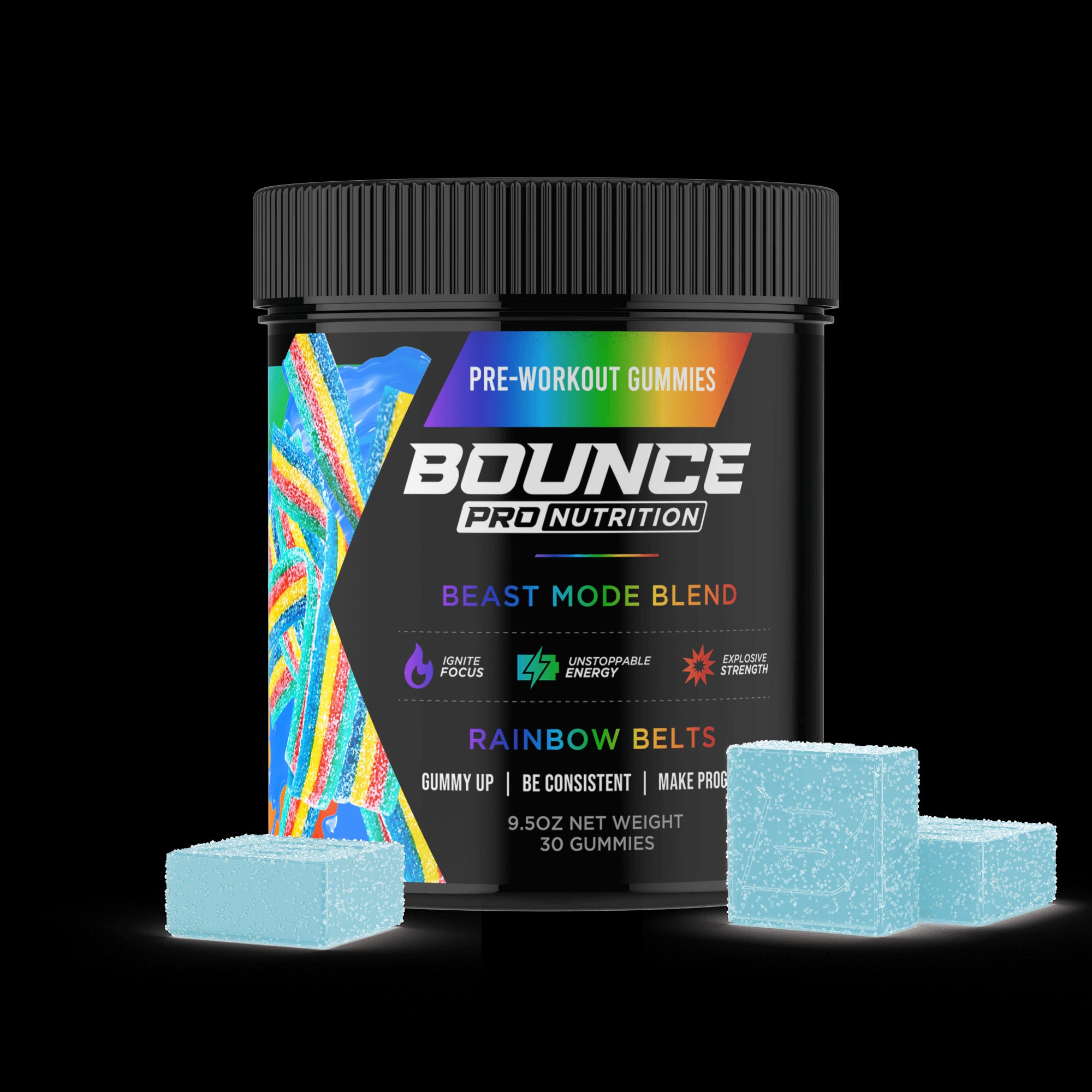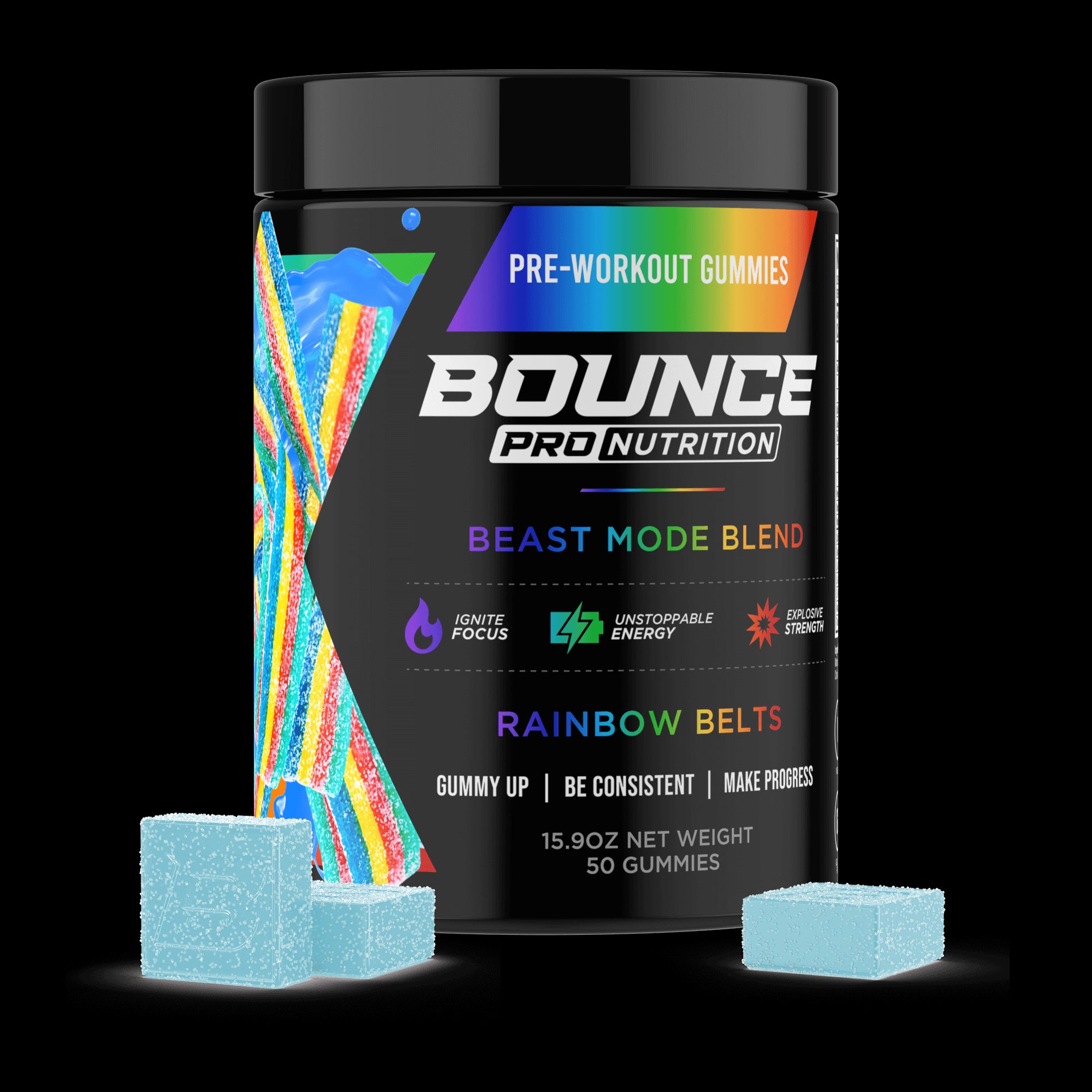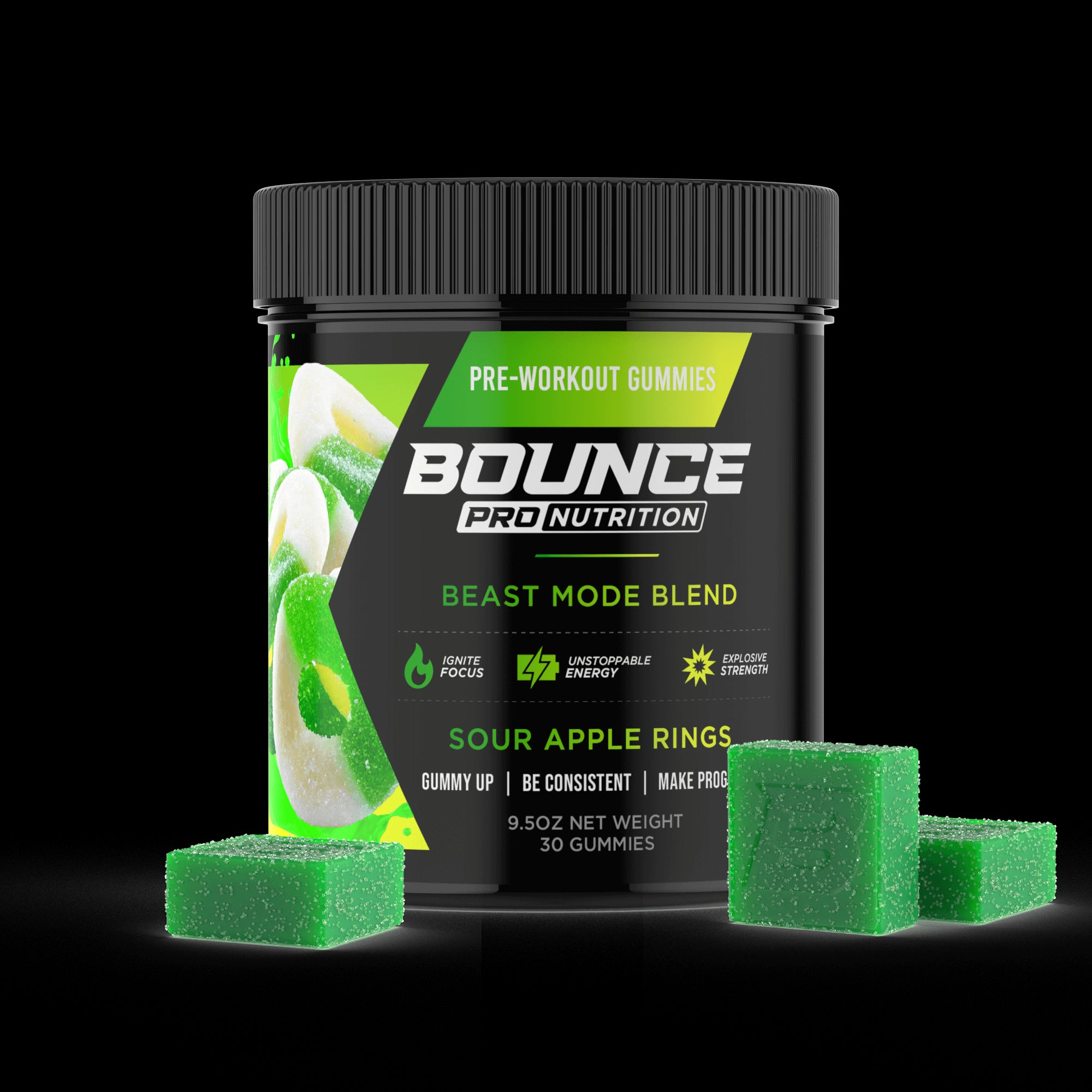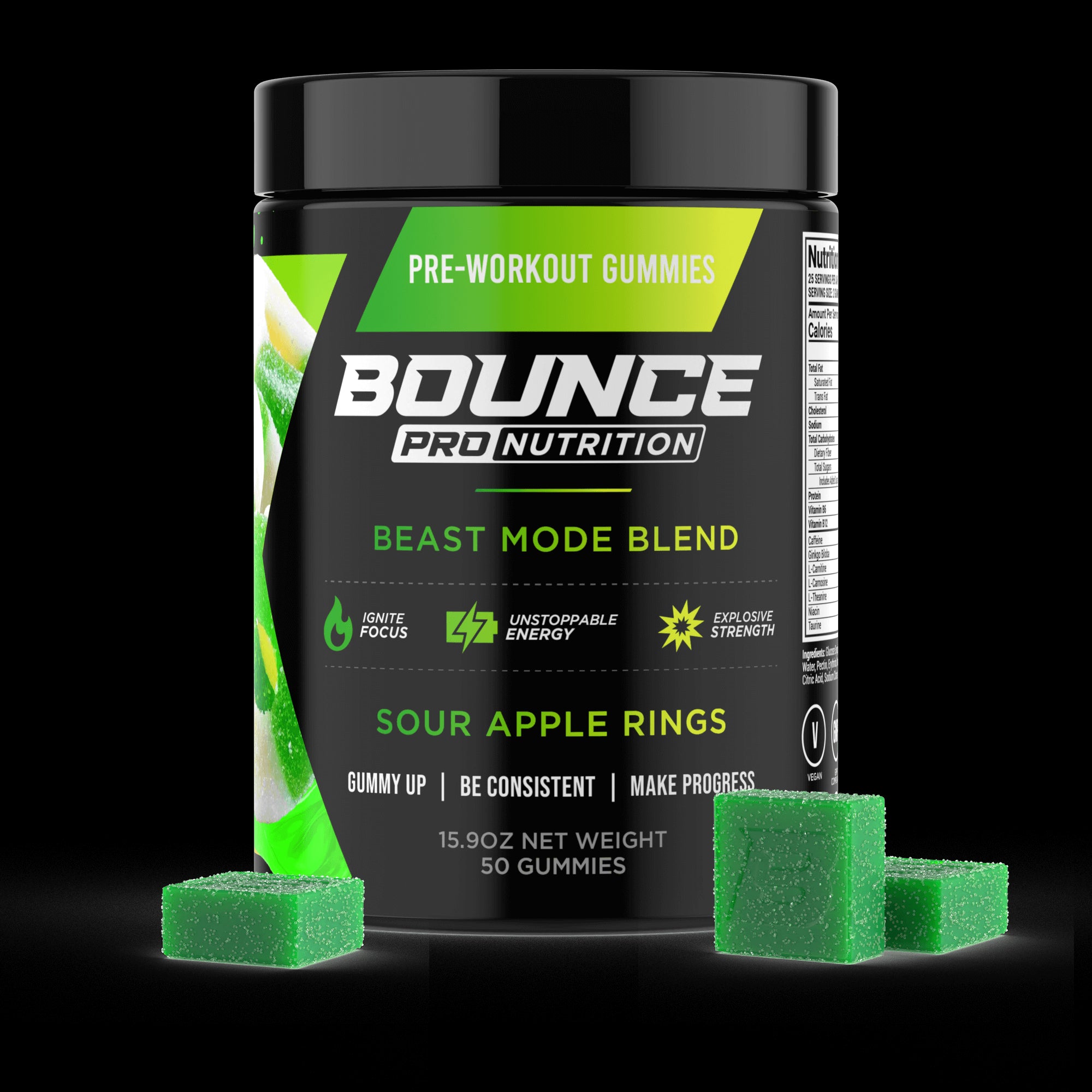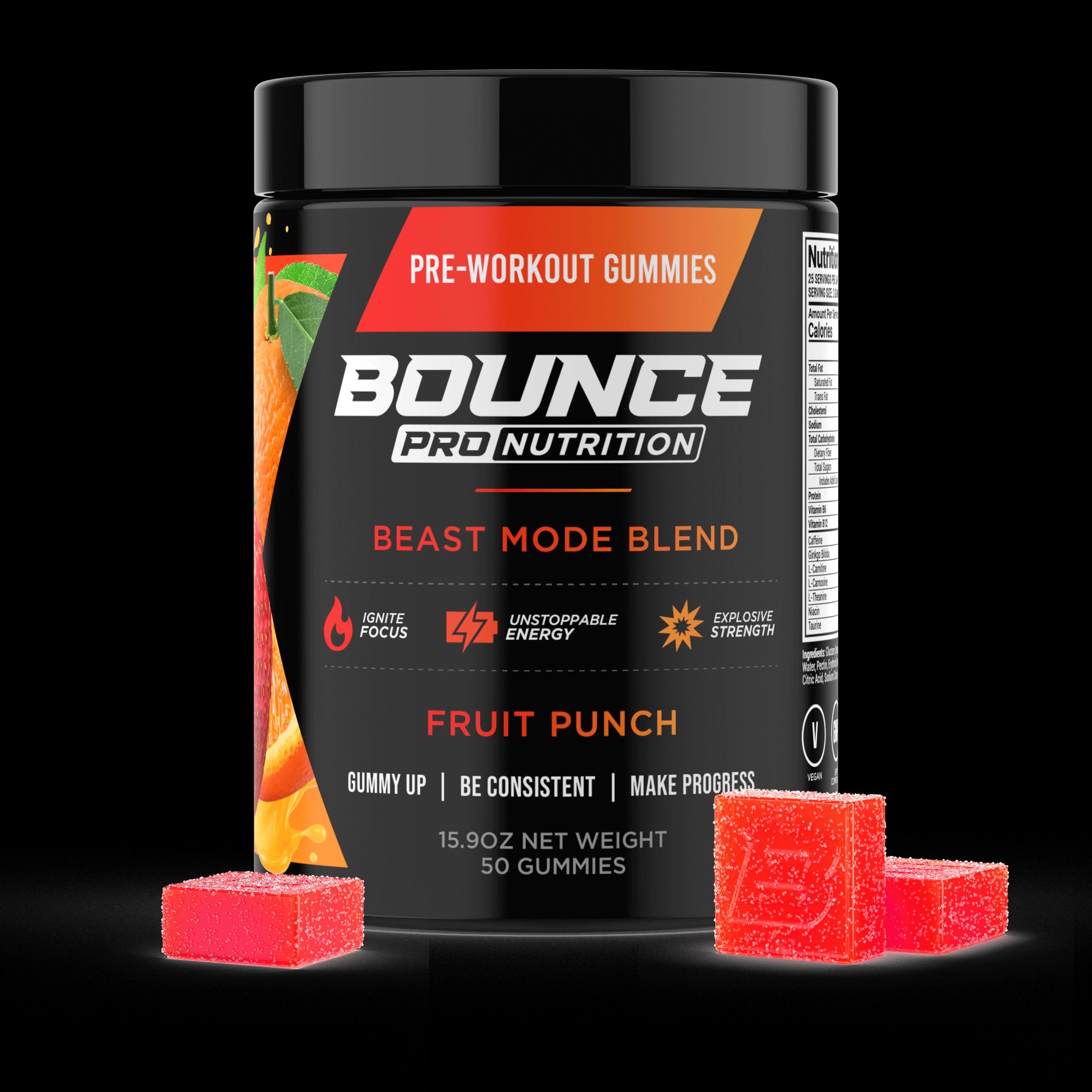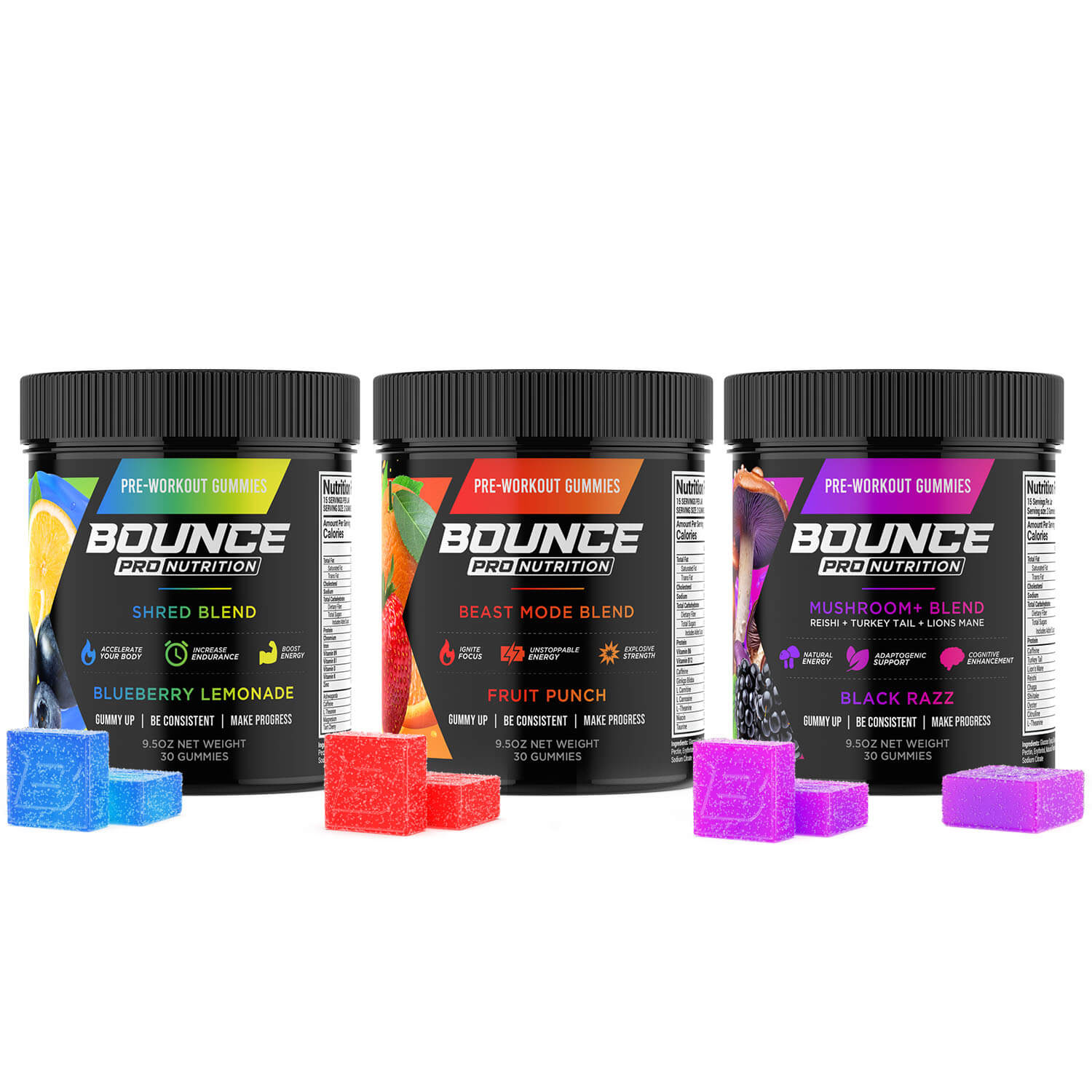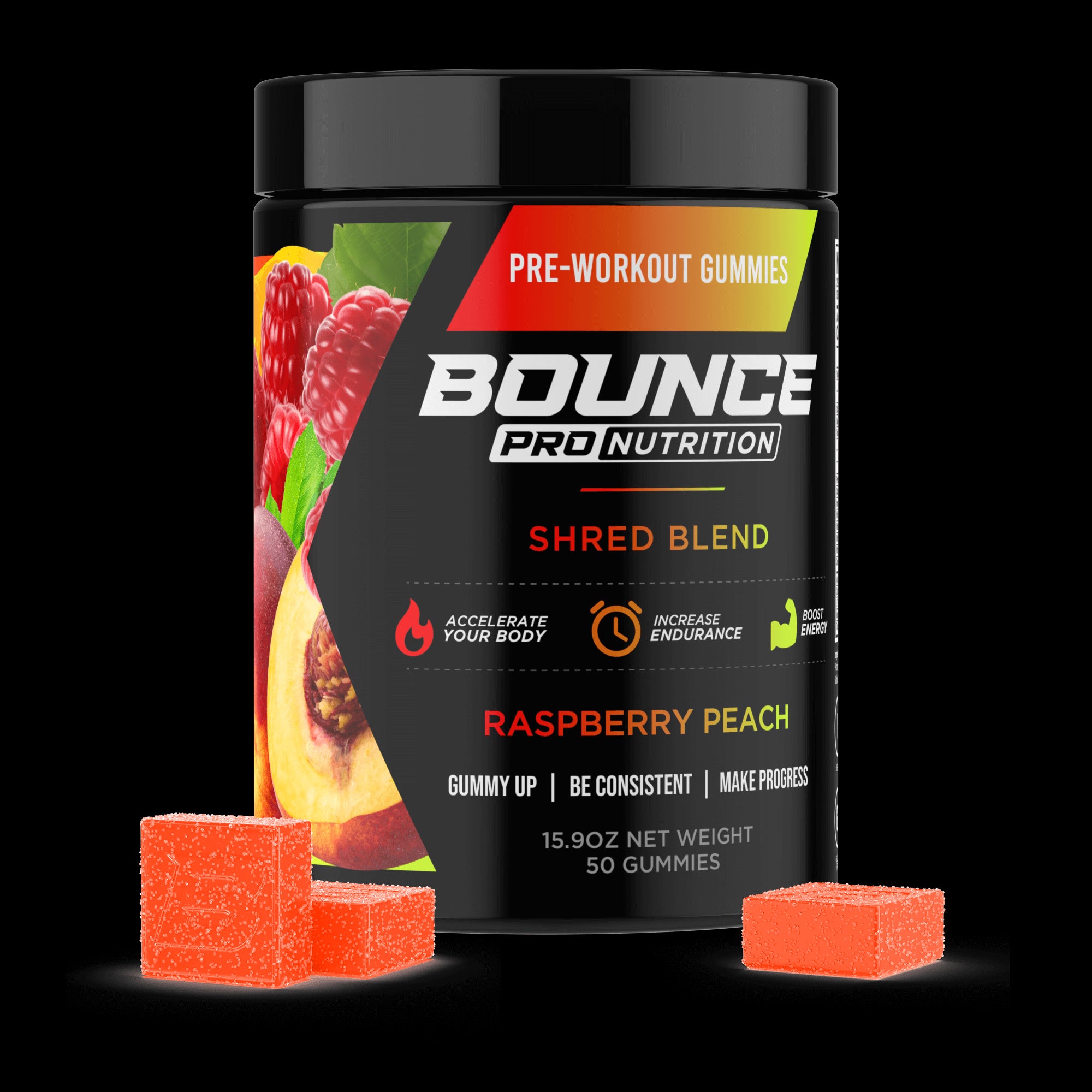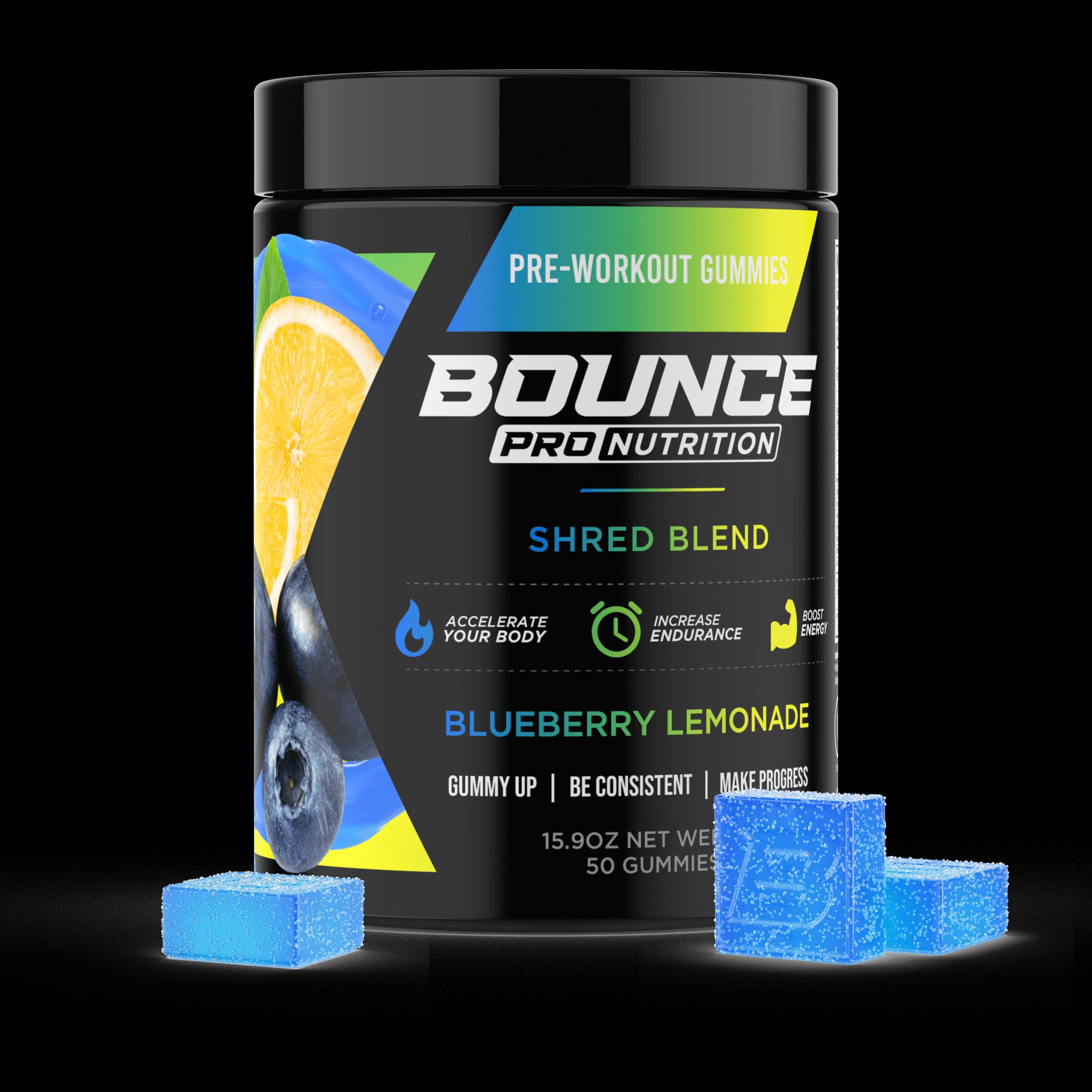In the glowing arenas of the digital age, a new type of athlete has emerged, one whose battlefield is a virtual landscape and whose movements are measured in pixels and milliseconds. The world of gaming and competitive esports is a realm of intense focus, lightning-fast reflexes, and profound strategic depth, where the line between victory and defeat is often unimaginably thin. A single, perfectly timed ability or a split-second decision can change the course of a multi-million dollar championship.
This is a world where the mind is the primary weapon, and the hands are the precision instruments of its will. Yet, beneath the surface of this cognitive contest lies a surprising and often-overlooked truth: the performance of this "cognitive athlete" is deeply and inextricably linked to their physical well-being.
The marathon gaming sessions and the high-stakes pressure of a tournament final place an immense and unique physiological stress on the body. In this demanding environment, the science of nutrition and hydration is no longer a peripheral concern—it is a critical and emerging frontier in the quest for a competitive edge.
TO BUY ELECTROLYTE GUMMIES CLICK HERE
What are Gaming and Esports?
The concepts of gaming and esports, while deeply intertwined, represent two distinct yet related facets of the vast universe of interactive digital entertainment. At their core, both revolve around video games, but they differ significantly in their structure, intent, and cultural context. To truly understand the landscape, one must first appreciate gaming as the broad, foundational activity—the art form, the hobby, and the social platform that has captured the hearts and minds of billions worldwide.
From this massive foundation of casual and dedicated play, the highly specialized and competitive discipline of esports has risen, transforming a popular pastime into a global professional sport. It is a dynamic ecosystem that spans from a relaxing evening on the couch with a controller to the roaring crowds of a packed stadium watching the world's best compete for glory.
The World of Gaming
At its most fundamental level, "gaming" refers to the act of playing video games, a form of interactive entertainment where a player interacts with a user interface or input device—such as a controller, keyboard, or mouse—to generate visual feedback on a screen. This simple definition, however, barely scratches the surface of what gaming has become in the 21st century.
It has evolved from a niche hobby into one of the largest and most influential entertainment industries on the planet, a cultural force that rivals and often surpasses film and music in its global reach and economic impact. Gaming is a vast and diverse medium, encompassing an incredible array of genres, platforms, and experiences. It is a social activity that connects friends across continents, a storytelling medium that can deliver narratives of profound emotional depth, and a challenging pursuit that can test a player's strategic thinking, problem-solving skills, and manual dexterity.
The world of gaming is played out across several major platforms, each with its own unique ecosystem and culture. PC (Personal Computer) gaming is often considered the most powerful and versatile platform, offering the highest graphical fidelity, the precision of a mouse and keyboard, and a massive library of games from independent developers and major studios alike. Console gaming, dominated by major players like Sony's PlayStation, Microsoft's Xbox, and Nintendo's Switch, offers a more accessible, plug-and-play experience that is often centered around the living room and couch-based play.
Mobile gaming has exploded in recent years, turning the smartphone in everyone's pocket into a powerful gaming device and making gaming more accessible to a wider and more diverse audience than ever before. This multi-platform environment ensures that there is a gaming experience available for every type of player and every lifestyle.
The diversity of gaming is most evident in its incredible range of genres. There are fast-paced First-Person Shooters (FPS) that test a player's reflexes and aim, and sprawling Role-Playing Games (RPGs) that offer hundreds of hours of immersive storytelling and character development. There are complex Real-Time Strategy (RTS) games that demand high-level strategic thinking and resource management, and creative Sandbox games like Minecraft that provide players with the tools to build and create their own worlds.
From puzzle games that challenge the intellect to sports simulations that let players live out their athletic fantasies, the breadth of experiences available is nearly limitless. This variety is a key reason for gaming's universal appeal, as it offers something for literally everyone, regardless of their interests or skill level.
Ultimately, modern gaming is a deeply social and interconnected phenomenon. While single-player experiences remain a vital part of the medium, the rise of high-speed internet has transformed gaming into a global social space. Multiplayer games allow friends to team up and cooperate on complex challenges or compete against each other in friendly rivalries.
Massively Multiplayer Online games (MMOs) create persistent virtual worlds where thousands of players coexist, form communities, and embark on epic adventures together. Streaming platforms like Twitch and YouTube have further amplified this social dimension, allowing players to broadcast their gameplay to a live audience, creating a new form of interactive entertainment and turning the most popular gamers into global celebrities. Gaming is no longer just about playing a game; it is about sharing an experience.
The Competitive Nature of Esports
Esports, short for "electronic sports," is the specialized and highly organized world of competitive video gaming. It represents the pinnacle of gaming skill, where the very best players in the world compete against each other in structured tournaments and leagues for significant prize money, glory, and professional contracts.
While informal video game competitions have existed for decades, the modern era of esports is a global, multi-billion dollar industry, complete with professional teams, salaried players, dedicated coaches and analysts, and massive live events that fill stadiums and attract online viewership that rivals major traditional sporting events. Esports has transformed gaming from a casual hobby into a legitimate and demanding professional career path, complete with all the pressure, sacrifice, and dedication that entails.
The structure of the esports ecosystem closely mirrors that of traditional sports. Professional players are typically signed to teams or organizations that provide them with salaries, housing in team facilities, and a support staff that can include coaches, sports psychologists, and nutritionists. These teams then compete in leagues, like the League of Legends Championship Series (LCS) or the Overwatch League (OWL), which have regular seasons and playoff structures.
The competitive year is also punctuated by major international tournaments, such as The International for Dota 2 or the Fortnite World Cup, which often feature enormous, multi-million dollar prize pools. This professionalized structure has brought a new level of legitimacy and stability to the scene, allowing players to dedicate their lives to mastering their craft.
The games that are played at the highest level of esports are typically those that are highly complex, strategically deep, and have a high skill ceiling, allowing for a clear differentiation between good players and great players. Popular esports titles fall into several major genres. Multiplayer Online Battle Arenas (MOBAs) like League of Legends and Dota 2 are team-based strategy games that are often compared to a high-speed version of chess. First-Person Shooters (FPS) like Counter-Strike: Global Offensive and Valorant are tests of incredible aim, reflexes, and team-based tactics. Fighting games like Street Fighter and Super Smash Bros. are intense, one-on-one duels of technical execution and psychological warfare. The diversity of games ensures a vibrant and constantly evolving competitive landscape.
The life of a professional esports player is one of extreme discipline and dedication. Their training regimen is as demanding as that of any traditional athlete. A typical day can involve eight to twelve hours of structured practice, including individual skill drills, team-based scrimmages against other professional teams, and meticulous video review (VOD review) to analyze their own gameplay and study their opponents.
In addition to their in-game practice, the modern esports athlete also focuses on their physical health, understanding that factors like sleep, nutrition, and physical exercise can have a direct impact on their cognitive performance, reaction time, and ability to handle the immense stress of high-stakes competition. It is a holistic and all-consuming pursuit of perfection.
Why Do Some People Choose to Be Gamers and/or Esports Players?
The motivations that draw individuals into the vibrant worlds of gaming and the high-stakes arenas of esports are as diverse and complex as the games themselves. For the general gamer, the journey often begins as a form of entertainment and evolves into a rich and multifaceted hobby that fulfills a variety of human needs. It is a portal to other worlds, a platform for social connection, and a challenging puzzle to be solved. For the aspiring esports player, these foundational joys are fused with an intense competitive fire and a desire to push the boundaries of human performance in the digital realm.
It is the transformation of a passion into a disciplined and all-consuming pursuit of excellence. At a fundamental level, both casual gaming and professional esports tap into the innate human desire for challenge, mastery, and achievement. The well-designed video game provides a constant and satisfying feedback loop of effort and reward. A player is presented with a challenge, they develop the skills to overcome it, and they are rewarded with a sense of accomplishment and progress.
This journey, from a fumbling novice to a masterful player, is an incredibly empowering one. For the esports athlete, this pursuit is simply taken to its absolute extreme, where the challenge is not just the game itself, but the best human opponents in the world.
Why People Choose to Be Gamers
People choose to be gamers for a variety of reasons, such as:
-
Escapism and Deep Immersion: Video games offer a unique and powerful form of escapism. They allow players to step into the shoes of a hero, explore fantastical worlds, and experience narratives and adventures that are impossible in real life. For a few hours, a player can leave behind the stresses and responsibilities of their daily life and become completely immersed in another reality. This ability to be transported is a major reason why gaming is such a popular form of relaxation and entertainment.
-
A Powerful Platform for Social Connection: In our increasingly digital world, video games have become one of the primary ways that people, especially younger generations, connect and socialize with their friends. A multiplayer game provides a shared virtual space where friends can hang out, communicate via voice chat, and work together towards a common goal. This creates a powerful sense of community and camaraderie and helps to maintain and strengthen social bonds, regardless of physical distance.
-
The Intrinsic Joy of Challenge and Mastery: Humans are natural problem-solvers, and video games are essentially a series of engaging and interactive puzzles. The process of learning a game's mechanics, developing a strategy, and finally overcoming a difficult boss or a challenging level provides a deep sense of intellectual satisfaction. This pursuit of mastery, of becoming skilled and proficient at a complex task, is an incredibly rewarding and motivating experience that is a core driver of the passion for gaming.
-
Interactive Storytelling and Art: Modern video games are a sophisticated and respected art form, capable of telling stories with the same emotional depth and complexity as film or literature, but with the added layer of interactivity. Players are not just passive observers of the story; they are active participants whose choices can shape the narrative and its outcome. This level of agency creates a powerful connection to the characters and the world, making for an unforgettable artistic experience.
Why People Choose to Be Esports Players
People choose to be Esports players for a number of reasons, such as:
-
The Ultimate Thrill of Competition: The esports player is driven by an intense and innate competitive spirit. They are not content to simply beat the game; they want to beat the best human opponents in the world. They thrive on the pressure of a high-stakes match and are motivated by the singular goal of proving that they are the best. This competitive fire is the fundamental and non-negotiable attribute of every successful esports athlete.
-
The Unrelenting Pursuit of Mastery: For the esports player, the game is not just a hobby; it is a craft to be perfected. They are engaged in a relentless pursuit of mastery, dedicating thousands of hours to refining their mechanical skills, deepening their strategic understanding, and optimizing every single aspect of their performance. This devotion to achieving the absolute peak of human potential within their chosen game is a powerful and all-consuming motivation.
-
The Potential for a Professional Career: In the modern era, esports offers a viable and potentially lucrative career path. The top players in the world earn significant salaries from their teams, win millions of dollars in prize money, and can secure lucrative sponsorship deals and streaming revenues. The opportunity to turn a passion for gaming into a full-time profession, to make a living doing what you love, is an incredibly powerful and appealing prospect for the most talented and dedicated players.
-
The Team Environment and Shared Goal: While some esports are individual pursuits, many of the most popular titles are team-based. For players in these games, the appeal is not just individual glory, but the camaraderie and shared purpose of being part of a team. The process of building synergy with teammates, of developing complex strategies together, and of achieving victory through coordinated effort is a deeply rewarding experience that mirrors the best aspects of traditional team sports.
What Types of Gamers and Esports Players are There?
The digital landscape of gaming and esports is populated by a vast and diverse array of individuals, each with their own unique motivations, playstyles, and levels of commitment. To simply label someone as a "gamer" is to use a term so broad as to be almost meaningless, as it fails to capture the rich nuance of how different people engage with this multifaceted hobby. Similarly, the world of esports extends far beyond just the professional players themselves, encompassing a complex ecosystem of roles that are all essential to the functioning of the competitive scene.
Understanding these different archetypes is key to appreciating the full depth and breadth of this global community. These classifications are not intended to be rigid, exclusive boxes. A single individual can, and often does, embody traits from multiple categories. A hardcore gamer might also be a social gamer who plays with a dedicated group of friends, and a professional esports player is also a content creator who streams their gameplay to a wide audience.
However, by examining the community through the lenses of common gamer archetypes and the various professional roles within the esports industry, we can gain a clearer and more structured understanding of the different ways people live and breathe the world of interactive entertainment. It is a world with a role for every passion and a community for every type of player.
Types of Gamers
Within the general population of those who play video games, several distinct player archetypes have been identified by game designers and sociologists. These are not defined by skill, but by the primary motivation that drives a player's enjoyment and engagement with a game:
-
The Casual Gamer: This is the largest and most diverse group. The casual gamer plays games for light entertainment, relaxation, and as a way to pass the time. They are often drawn to mobile games, puzzle games, or party games that are easy to learn and can be played in short bursts. They are not typically invested in long, complex narratives or competitive rankings, and their primary goal is simply to have fun in an accessible and low-stress way.
-
The Core / Hardcore Gamer: This gamer is deeply invested in the hobby. Gaming is a primary part of their identity and a major way they spend their free time. They often own dedicated gaming hardware (a high-end PC or the latest consoles) and follow the industry news closely. They are drawn to complex, challenging games that require a significant investment of time and skill to master. They enjoy the process of learning and overcoming difficult challenges and are often highly knowledgeable about game mechanics and strategy.
-
The Social Gamer: For the social gamer, the primary appeal of gaming is the interaction with other people. They may not be the most skilled player, but they thrive on the camaraderie and communication that multiplayer games provide. They are the ones who organize group sessions with their friends, join guilds or clans in online games, and value the social experience of playing together far more than winning or losing. For them, gaming is a social lubricant, a virtual hangout spot.
-
The Completionist: The completionist is motivated by the desire to experience everything a game has to offer. They are not satisfied with just finishing the main story; they must find every hidden collectible, complete every side quest, and unlock every single achievement or trophy. Their enjoyment comes from systematically checking every box and achieving 100% completion. This requires a methodical, patient, and detail-oriented approach to gaming.
-
The Explorer: Similar to the completionist, the explorer is driven by a desire to see everything within a game's world, but their motivation is one of discovery rather than just completion. They love sprawling, open-world games with rich environments and hidden secrets. They are the players who will spend hours just wandering the landscape, ignoring the main quest in favor of climbing a distant mountain or delving into a mysterious cave just to see what's there. The joy for them is in the journey and the discovery of the unknown.
-
The Achiever: The achiever is motivated by extrinsic rewards and the accumulation of status within the game. They are driven by things like gaining levels, acquiring rare and powerful loot, and seeing their name at the top of a leaderboard. They enjoy games that provide a clear and constant sense of progression and tangible rewards for their time investment. Their satisfaction comes from becoming more powerful and having the in-game status to show for it.
-
The Story-Driven Gamer: This player values video games as a storytelling medium above all else. They are drawn to games with rich narratives, compelling characters, and deep lore. They play games for the same reasons one might read a book or watch a film—to be moved, to be challenged intellectually, and to experience a great story. For them, gameplay mechanics are simply the vehicle through which the narrative is delivered.
-
The Strategist: The strategist enjoys games that test their intellect and planning abilities. They are drawn to genres like Real-Time Strategy (RTS), turn-based tactics, and complex simulation or management games. Their fun comes from analyzing a complex system, formulating a long-term strategy, and then executing that plan to achieve victory. They are methodical, patient, and love the feeling of outsmarting their opponent or the game's AI.
-
The Competitor: The competitor plays to win. They are drawn to player-versus-player (PvP) games where they can test their skills directly against other human opponents. They thrive on the thrill of competition, the adrenaline rush of a close match, and the satisfaction of outplaying another person. They are motivated by skill-based rankings and the desire to climb the competitive ladder. This is the archetype from which all esports players are born.
-
The Retro Gamer: The retro gamer finds joy in the classics. They have a deep appreciation for the history of video games and enjoy playing games from older console generations or the golden age of arcades. Their motivation is often a mix of nostalgia, an appreciation for simpler game design, and a desire to experience the foundational titles that shaped the industry. They are the historians and curators of the gaming world.
Types of Esports Players
The professional world of esports is a complex ecosystem with a wide variety of roles that extend far beyond the players themselves. While the athletes are the stars of the show, they are supported by a massive infrastructure of other professionals who are all essential to the functioning of a team and the industry as a whole:
-
Professional Players (or "Pros"): These are the elite athletes at the heart of the esports world. They are signed to professional organizations, earn a salary, and dedicate their lives to mastering their chosen game. Their job involves a grueling schedule of practice, strategy sessions, and competition in official leagues and tournaments. They are the most visible and celebrated figures in the scene, defined by their incredible mechanical skill, strategic depth, and mental fortitude under pressure.
-
Streamers / Content Creators: While many pro players are also streamers, this is a distinct career path in itself. A streamer is a personality who broadcasts their gameplay live on platforms like Twitch or YouTube to an audience. Their success is based not just on their skill, but on their ability to entertain, engage, and build a community around their channel. Many of the most popular figures in the gaming world are full-time streamers who have built massive personal brands and lucrative careers through their content.
-
Analysts and Coaches: Just like in traditional sports, esports teams have a dedicated coaching staff. The Head Coach is responsible for developing the team's overall strategy, managing the players, and making decisions during a match. Analysts work behind the scenes, pouring over data and video footage of their own team and their opponents to identify patterns, find weaknesses, and help develop specific game plans. They are the strategic brains of the operation.
-
Shoutcasters (or Casters): Shoutcasters are the commentators of the esports world. They are the voices that bring a competitive match to life for the audience. A typical broadcast will have a "play-by-play" caster who describes the action as it happens, and a "color" caster who provides deeper analysis, insight, and context. A good caster must have an encyclopedic knowledge of the game, excellent communication skills, and the ability to generate excitement and tell a compelling story.
-
Team Managers and Owners: A professional esports team is a business, and it requires skilled management to operate. The Team Manager handles the day-to-day logistics for the players, including their schedules, travel, and well-being. The General Manager or Owner is responsible for the bigger picture, including roster decisions, securing sponsorships, managing finances, and setting the overall direction for the organization.
-
Event Managers and Organizers: The massive, stadium-filling esports tournaments that captivate millions of viewers don't just happen. They are the result of months of planning by a huge team of event professionals. This includes tournament organizers, broadcast producers, stage designers, IT technicians, and countless other roles that all work together to produce a spectacular live event and a flawless online broadcast.
-
Software and Network Engineers: The games themselves and the platforms they are played on are incredibly complex pieces of technology. A massive and highly skilled workforce of software engineers and developers is responsible for creating, updating, and balancing the games. Network engineers are also crucial for ensuring the stability and low-latency connections that are absolutely essential for fair and legitimate high-level competitive play.
-
Journalists and PR Specialists: As the esports industry has grown, so has the media ecosystem that covers it. Esports journalists report on tournament results, roster changes, and industry news for dedicated media outlets. Public Relations (PR) specialists work for teams and game publishers to manage their public image, communicate with the press, and promote their players and events.
Is Staying Hydrated Important as Either a Gamer or Esports Player?
In the physically demanding worlds of traditional sports, the critical importance of hydration is a well-understood and universally accepted principle. For the gamer and the esports athlete, however, the conversation is a newer and often overlooked one. There is a common and dangerous misconception that because the activity is largely sedentary, hydration is a minor concern. This could not be further from the truth.
While an esports player may not be losing liters of sweat from running or jumping, their performance is entirely dependent on the optimal functioning of their brain and nervous system. The brain is approximately 75% water, and it is incredibly sensitive to even the slightest shifts in fluid balance. For the cognitive athlete, whose success is measured in milliseconds and flawless decision-making, proper hydration is not just a health consideration; it is a direct and powerful performance-enhancing tool, specifically as it relates to:
-
Enhancing Cognitive Function and Strategic Decision-Making: The brain requires a state of optimal hydration to perform its most complex functions effectively. Esports, particularly at a high level, is a game of rapid, high-stakes decision-making. Dehydration has been scientifically shown to impair a range of cognitive abilities, including short-term memory, logical reasoning, and executive function. A dehydrated player will be slower to process the complex information on the screen, will make more strategic errors, and will have a harder time adapting their game plan in the middle of a fast-paced match.
-
Improving Reaction Time: In many esports titles, particularly first-person shooters and fighting games, the difference between winning and losing a crucial engagement can come down to a matter of milliseconds. Reaction time is a direct function of the nervous system's ability to transmit signals efficiently from the brain to the hands. Dehydration can slow down this neural signaling process. Even a mild fluid deficit can lead to a measurable increase in reaction time, a deficit that can be the difference between landing a critical shot and being eliminated from the round.
-
Sustaining Focus and Preventing Mental Fatigue: A long gaming session or a multi-game tournament series is a marathon of sustained mental effort. Maintaining a high level of focus for hours on end is one of the key skills of a top-tier player. Dehydration is a primary cause of mental fatigue. As fluid levels drop, it can lead to feelings of lethargy, irritability, and a significant decline in the ability to concentrate. A properly hydrated player is far better equipped to resist this mental fatigue and maintain their peak focus from the first game to the last.
-
Supporting Fine Motor Skills and Mechanical Precision: An esports player's hands are their instruments, capable of performing hundreds of precise and rapid actions per minute (APM). These fine motor skills are governed by the nervous system and the muscles of the hands and forearms. Dehydration and the associated electrolyte imbalances can impair the function of these systems, leading to a decrease in dexterity, a higher rate of mechanical errors (mashing the wrong key or misclicking the mouse), and an increased risk of muscle cramping in the hands and forearms during a long, intense session.
-
Regulating Body Temperature: While it may not be the same as running under the sun, a high-stakes esports match can still generate significant physiological stress and heat. The adrenaline and cortisol released during a competitive game can increase heart rate and metabolism. Furthermore, the heat generated by high-end gaming computers and monitors can create a warm micro-environment around the player. Sweating, especially on the hands and forehead, is common. Proper hydration is essential for allowing the body to effectively regulate its temperature through this "stress sweat."
-
Preventing Debilitating Headaches and Eye Strain: Dehydration is one of the most common triggers for tension headaches. For a gamer staring intently at a screen for hours, a developing headache can be a debilitating distraction that makes it impossible to perform at a high level. Proper hydration can be a simple and effective preventative measure. It also plays a role in overall eye health, as dehydration can contribute to dry eyes, which can exacerbate the eye strain that is already a common issue for serious gamers.
Why Do Some Gamers or Esports Players Also Use Supplements?
In the hyper-competitive arena of esports, where players dedicate their lives to finding the smallest of advantages, the concept of the "cognitive athlete" has taken center stage. This has led to a paradigm shift in how players approach their health and preparation, with a growing emphasis on optimizing the one organ that matters most: the brain.
While a foundation of good sleep, physical exercise, and a balanced diet is paramount, many serious gamers and esports professionals strategically incorporate dietary supplements into their regimen. These are not seen as a replacement for a healthy lifestyle, but as targeted tools designed to sharpen mental acuity, enhance physiological responses, and support the body & mind through the unique stresses of marathon gaming sessions and high-stakes tournaments, including:
-
Enhancing Mental Focus and Alertness: This is the primary reason many gamers turn to supplements. The ability to maintain unwavering focus for hours is a critical skill. This category, often referred to as "nootropics," includes a range of ingredients. Caffeine is the most common and effective, known for its ability to increase alertness and ward off drowsiness. L-theanine, an amino acid found in green tea, is often paired with caffeine to promote a state of "calm focus" without the jitters. Other ingredients like Bacopa Monnieri or Rhodiola Rosea are also used for their potential to support cognitive function and reduce mental fatigue.
-
Improving Reaction Time: In a game where milliseconds matter, any tool that can quicken the connection between brain and hand is highly valued. Caffeine has been shown to improve simple reaction time. Other supplements like L-tyrosine, an amino acid that is a precursor to neurotransmitters like dopamine, are also used with the goal of supporting neural communication and helping to maintain fast reflexes, especially when under stress or fatigue.
-
Aiding in Hydration and Electrolyte Balance: As we've established, hydration is critical for cognitive performance. While playing, it's easy to forget to drink, and gamers often rely on sugary sodas or energy drinks that can lead to crashes. Many have adopted the use of electrolyte supplements, often in the form of powders mixed into water or convenient gummies. These help to improve the body's absorption of water and replace the key minerals lost through "stress sweat," providing a much more effective and healthier way to stay hydrated than traditional beverages.
-
Supporting Long-Term Eye Health: An esports player's eyes are their most critical sensory input, but they are also under immense strain from staring at a screen for 8-12 hours a day and being exposed to high levels of blue light. To support the long-term health of their vision, many players supplement with specific antioxidants like lutein and zeaxanthin. These compounds are known to accumulate in the retina and may help to filter blue light and protect the eyes from oxidative stress.
-
Managing Stress and Performance Anxiety: The pressure of a major tournament can be immense, and managing performance anxiety is a key challenge for esports athletes. Supplements that can help to promote a state of calm without causing drowsiness are highly sought after. L-theanine is the most popular in this category, known for its ability to increase alpha brain waves, which are associated with a state of relaxed alertness. Other adaptogens like Ashwagandha are also sometimes used to help the body better cope with stress.
-
Improving Sleep Quality and Recovery: The single most important recovery tool for a cognitive athlete is sleep. This is when the brain consolidates memories, clears out metabolic waste, and prepares for the next day. The intense stimulation of gaming, especially late at night, can interfere with sleep. Many players use supplements like magnesium, which can have a calming effect on the nervous system, or L-theanine to help them wind down and improve their sleep quality, which is essential for learning and next-day performance.
-
Sustaining Energy for Marathon Sessions: A long streaming session or a full day of tournament matches requires sustained energy. While carbohydrates are the brain's primary fuel, players often turn to supplements for a clean and steady source of energy without the "crash" associated with high-sugar drinks. Caffeinated products are common, as are supplements containing B-vitamins, which play a crucial role as coenzymes in the body's natural energy production pathways.
-
The Sheer Convenience for Uninterrupted Play: When a gamer is deep in a competitive match or an immersive story, the last thing they want to do is interrupt their flow state to go to the kitchen and prepare a snack or a drink. The convenience of supplements is a major benefit. Having a water bottle with an electrolyte mix, a shaker with a meal replacement powder, or a package of energy gummies at their desk allows them to refuel with minimal interruption, helping them to stay in the zone.
-
Supporting Hand and Wrist Health: The thousands of repetitive, high-speed movements of the hands and wrists can lead to inflammation and repetitive strain injuries, which are career-threatening for an esports player. To combat this, many players use anti-inflammatory supplements like omega-3 fatty acids (fish oil) or curcumin (from turmeric) to help manage the inflammation associated with their intensive practice schedule.
-
Promoting Overall Health and Wellness: The modern esports athlete understands that their in-game performance is a direct reflection of their overall health. They are no longer just gamers; they are holistic athletes. This means they often use foundational health supplements like a high-quality multivitamin, Vitamin D (especially if they spend most of their time indoors), and protein powder to support their physical exercise routines, ensuring that their body has all the resources it needs to support the demanding work of their brain.
What are Electrolyte Gummies?
In the highly focused and mentally demanding world of gaming and esports, where performance is measured in milliseconds and sustained concentration is paramount, electrolyte gummies have emerged as a surprisingly effective and incredibly practical nutritional tool. They represent a significant evolution from the traditional gamer fuel of sugary sodas and high-caffeine energy drinks, offering a more intelligent and functional approach to hydration and energy management.
These small, chewable supplements are scientifically formulated to deliver a concentrated and easily absorbable dose of two critical components for the cognitive athlete: essential minerals known as electrolytes, and in most cases, quick-digesting carbohydrates for clean brain fuel. Their entire design philosophy is centered around rapid digestion, portability, and supreme ease of use, enabling a gamer or esports pro to quickly refuel their body and mind between matches or during a brief loading screen without ever losing their focus.
To fully comprehend the immense value that electrolyte gummies offer a gamer, one must first have a solid understanding of what electrolytes are and the mission-critical role they play in the body during periods of intense mental exertion and stress. You see folks, electrolytes are not complex, synthetic compounds; they are essential minerals, such as sodium (Na+), potassium (K+), magnesium (Mg2+), and calcium (Ca2+), that’re vital for human life and are naturally found in our food.
When these minerals are dissolved in the body's fluids, they carry a small but vital electric charge. This electrical capability is the very foundation of our nervous system. Every single nerve impulse—from the strategic decision made in the brain to the lightning-fast signal sent to the hand to click a mouse—is a complex electrical event mediated by the exchange of sodium and potassium ions across the nerve cell membrane. When a gamer experiences the stress and adrenaline of a high-stakes match, they can lose these minerals through "stress sweat," and if they are not replaced, this entire elegant system of neural communication can become less efficient.
The process of creating a shelf-stable, effective, and tasty electrolyte gummy is a sophisticated endeavor that perfectly merges the disciplines of food science with the precision of sports nutrition. It is a carefully controlled industrial process designed with the specific goal of ensuring that every single gummy a gamer consumes delivers a consistent and reliable nutritional payload.
High-quality manufacturers often employ specific techniques, such as using low heat during the cooking process, with the intention of preserving the potency and integrity of the delicate vitamins and other ingredients, ensuring the player gets the maximum benefit from what they are consuming. The journey from a collection of raw powders to the finished, chewable product that a gamer can keep on their desk generally follows a well-established, multi-stage pathway:
-
Scientific Formulation and Raw Ingredient Compounding: The entire process originates not on a production line, but in a laboratory where food scientists and nutritionists design the gummy's specific formula. They carefully select and precisely weigh all the raw ingredients. This includes the mineral salts that will provide the electrolytes (e.g., sodium citrate, potassium chloride), the specific carbohydrate sources that will provide fast energy (often a strategic blend of glucose and fructose to utilize multiple absorption pathways in the gut), and the gelling agent, which is typically plant-based pectin for vegan-friendly products or traditional animal-based gelatin. Other minor ingredients like citric acid (for tartness and preservation) and carefully selected natural flavors and colors are also added to the pre-mix.
-
Industrial Cooking of the Gummy Slurry: The precisely weighed and compounded ingredients are then transferred into a massive, jacketed industrial kettle for the cooking process. Inside this cooker, the mixture is heated to a very specific temperature for a set amount of time. This critical step serves to fully dissolve all the solid ingredients into the liquid base, creating a perfectly uniform and viscous liquid known as a slurry. This cooking process is meticulously controlled by computers and experienced technicians to achieve the exact moisture content and solid-to-liquid ratio (a measure known as Brix) that is required for the gummy to have its desired final texture and chewiness.
-
Precision Depositing of the Slurry into Molds: Once the slurry has been cooked to the exact specifications, it is then piped from the large cooker to a complex piece of machinery called a depositor. This machine functions like a series of hundreds of computer-controlled, precise nozzles that work in perfect unison to inject the hot liquid gummy mixture into thousands of individual molds. These molds are often made of flexible, food-grade silicone or, in more traditional and larger-scale methods, are impressions that have been machine-stamped into large trays that are filled with fine, food-grade corn starch.
-
Controlled Curing and Setting of the Gummies: After being filled, the trays of molds are then carefully moved into long, climate-controlled rooms or tunnels. They remain in this controlled environment for an extended period, which can range from 24 to as long as 72 hours, in a process known as curing or stoving. During this crucial resting phase, the gelling agent (pectin or gelatin) fully sets up, and a specific amount of excess moisture is allowed to evaporate from the gummies. This is the step that allows them to firm up and achieve their final, stable, and characteristic chewy texture.
-
Demolding and Finishing Touches: After the curing process is complete, the gummies are ready to be removed from their molds. They are then often passed through a large, slowly rotating tumbling drum. Inside this drum, they are very lightly coated with a food-grade, edible wax (like carnauba wax) or a light oil. This finishing step serves the practical purpose of preventing the finished gummies from sticking together in the final packaging and gives them a pleasant, shiny appearance. In some cases, for added flavor and texture, they might be coated in a sweet or sour sugar-acid crystal mixture.
-
Rigorous Quality Control and Final Packaging: Before a single gummy can be sent to a gamer, the finished product must undergo a battery of rigorous quality control tests. Samples from every single batch produced are sent to a laboratory where they are analyzed using scientific methods to verify that the electrolyte and carbohydrate content precisely matches the claims made on the product's label. They are also tested for texture, flavor, appearance, and for any potential microbial contamination to ensure consumer safety. Once a batch has passed all of these stringent inspections, the gummies are then sent to automated machines that weigh and seal them into their final packaging.
The consumer market for electrolyte gummies has expanded and diversified at an incredible pace, giving rise to a wide array of different products, each tailored to the specific needs of different types of cognitive athletes. The most critical variation between these products lies in the specific electrolyte profile and the inclusion of other functional ingredients.
Some formulations might have a higher concentration of minerals like magnesium and potassium, which are aimed more broadly at supporting general nerve function. Beyond the core mineral content, many brands now offer enhanced or "plus" versions that include additional performance-aiding ingredients that are perfect for gamers. Caffeinated gummies are extremely popular, providing a clean boost of energy and mental focus without the high volume of liquid and sugar found in traditional energy drinks. Gummies fortified with B-vitamins are also very common, as these vitamins are crucial coenzymes in the body's natural energy production systems and are vital for brain health.
The intended physiological effects of electrolyte gummies are designed to directly and efficiently address the primary factors that cause a gamer's or an esports player's mental and physical performance to decline during a long and demanding session. The core components—the electrolytes, the simple carbohydrates, and the water consumed alongside them—work in a powerful synergy to support the cognitive athlete's internal environment.
When a gamer consumes a gummy and drinks water, the combination of sodium and glucose helps to accelerate the rate at which fluid is absorbed from the gut into the bloodstream, helping the player to hydrate more effectively. The direct replenishment of the electrolytes lost in "stress sweat" supports the maintenance of the electrochemical balance required for sharp, efficient nerve signaling.
The simple sugars are absorbed very quickly, providing a rapid and clean source of fuel to the brain, which is an energy-hungry organ that relies almost exclusively on glucose. This helps to keep blood sugar stable and maintain a high level of mental focus, reaction time, and decision-making ability for hours on end.
What Gamers and Esports Players Need to Know About Taking Electrolyte Gummies
For the serious gamer or the competitive esports athlete, integrating a tool like electrolyte gummies into their routine should be a conscious and strategic decision aimed at optimizing cognitive performance. It requires understanding that these are not just a convenient snack, but a functional nutritional supplement designed to support the unique physiological demands of intense, sustained mental exertion.
Their effectiveness is maximized when used as part of a comprehensive approach to health and wellness that also includes proper sleep, physical exercise, and a balanced diet. A player must understand that the primary role of these gummies is to help maintain the delicate fluid, mineral, and energy balance that is essential for the brain to function at its absolute peak, especially under the immense pressure of competition.
The most crucial concept for a gamer to grasp is that their performance is directly tied to their hydration status. While they may not be drenched in sweat like a traditional athlete, the combination of intense focus, stress-induced perspiration, and the simple act of forgetting to drink while engrossed in a game can easily lead to a state of mild dehydration.
This is where electrolyte gummies shine as a proactive tool. By making it a habit to consume them systematically during a long session, a player is not just consuming electrolytes; they are also being prompted to drink water. This one-two punch of mineral replenishment and enhanced fluid absorption is a powerful strategy for preventing the cognitive decline, slower reaction times, and mental fatigue that are the hallmarks of dehydration.
Finally, for the esports athlete competing in a professional or semi-professional capacity, the integrity and purity of any supplement they consume is a serious consideration. Many esports leagues and tournament organizers are adopting anti-doping policies that mirror those of traditional sports, often under the guidance of bodies like the Esports Integrity Commission (ESIC). This means that a player could be tested for banned substances. A tainted supplement could have serious career consequences.
Therefore, it is a wise and professional practice for competitive players to choose supplements, including electrolyte gummies, that are third-party certified by a reputable organization like NSF Certified for Sport. This provides an independent guarantee that the product is free from any prohibited substances, offering a crucial layer of safety and peace of mind.
10 Tips & Strategies for Taking Electrolyte Gummies
To truly leverage electrolyte gummies as a strategic advantage in your gaming or esports career, it is necessary to move beyond simply eating them when you feel tired. A proactive and systematic approach will yield the best results. The unique demands of a long streaming session, a multi-game tournament series, or a grueling practice block all call for a smart and consistent fueling and hydration plan. The following tips & strategies below are designed to provide a practical framework for gamers of all levels who are looking to intelligently incorporate these convenient nutritional tools into their routine, helping them to sharpen their focus, quicken their reflexes, and maintain peak performance when it matters most:
-
The Pre-Session Prime: Your performance during a long gaming session is heavily influenced by how you start it. About 15-20 minutes before you sit down for a competitive ladder grind or a long streaming session, "prime" your brain and body by consuming one or two electrolyte gummies with a large glass of water. This ensures you are starting in a state of optimal hydration and provides a quick hit of carbohydrates to top off your brain's readily available fuel stores, allowing you to be sharp and focused from the very first minute.
-
Fueling a Marathon Gaming Session: For those marathon weekend sessions or a full day of streaming, you need a plan for sustained energy. Don't wait until you feel the brain fog setting in. A great strategy is to set a timer and consume one or two electrolyte gummies with water every 90 minutes to two hours. This provides a steady, consistent drip of glucose to your brain, helping to maintain stable blood sugar levels and preventing the energy crashes and mental fatigue that can derail a long session.
-
The "Between Matches" Refuel: In a tournament setting or a competitive online ladder, the short break between matches is a critical refueling window. This is where the convenience of gummies is a massive advantage. You don't have time to prepare a snack. Quickly chewing a gummy and taking a few big gulps from your water bottle during the queue or loading screen is a highly efficient way to replenish some energy and electrolytes, ensuring you enter the next match feeling refreshed and not depleted.
-
Pairing with Water is Absolutely Non-Negotiable: This is a fundamental rule for effectiveness. Electrolyte gummy are a concentrated source of solutes and they require water to be properly absorbed and to aid in hydration. Keeping a large water bottle at your desk at all times is a core habit of any serious gamer. Make it an unbreakable rule to follow every gummy you eat with a good amount of water. This will maximize absorption and prevent any potential for GI discomfort.
-
Choose Your Formula: The Caffeine Question: Many electrolyte gummies come in both caffeinated and non-caffeinated versions. Be strategic about which one you use. A caffeinated gummy can be a powerful tool before a big tournament match or to kickstart a morning session. However, relying on caffeine too heavily or taking it too late in the day can disrupt your sleep, which is your most important recovery tool. A smart strategy is to use non-caffeinated gummies for your baseline hydration and energy, and save the caffeinated ones for when you need a significant performance boost.
-
Listen to Your Body's Cognitive Cues: Your brain will give you signals when it's running low on fuel or when you're becoming dehydrated. Learn to recognize these cues. Are you starting to make unforced mechanical errors? Is your decision-making becoming slower? Are you feeling irritable or having trouble concentrating? These are often the first signs of mental fatigue. Don't try to just "push through" them. Use them as a signal that it's time to take a short break, stretch, drink some water, and have an electrolyte gummy.
-
The Post-Session Recovery: Your recovery starts the moment your gaming session ends. A long, intense session can be mentally and even physically draining. To kickstart your recovery, consume one or two electrolyte gummies with a large glass of water as soon as you are finished. This immediately begins the process of rehydrating your body and replenishing some of the energy you've expended. This can help to reduce the risk of post-session headaches and leave you feeling better for the rest of your day.
-
Keep Them at Your Battlestation: The best nutrition plan is the one you adhere to. To make it easy to stay consistent, keep your electrolyte gummies within arm's reach of your gaming setup. Having them visible on your desk next to your water bottle serves as a constant visual reminder to stay on top of your hydration and fueling. This eliminates the "friction" of having to get up and go to the kitchen, which makes it far more likely that you will stick to your plan.
-
Read the Label for Cognitive Support Ingredients: When choosing a gummy, be an informed consumer. A product like Bounce Electrolyte Gummies contains ingredients that are particularly beneficial for a gamer. The robust electrolyte profile supports neural function. The inclusion of B vitamins (B6 and B12) is critical, as these vitamins play a direct role in the body's energy production systems and are essential for long-term brain health. The Vitamin C is a powerful antioxidant that can help to combat oxidative stress.
-
Prioritize Clean Products and Certifications: For the aspiring or professional esports player, the purity of your supplements matters. As the industry continues to professionalize and adopt stricter anti-doping policies, using products that are free from banned substances is crucial. Look for brands that utilize third-party testing and certifications like NSF Certified for Sport. This provides an external guarantee of quality and safety, which is a hallmark of a true professional.
Dosing with Bounce Electrolyte Gummies: The Gamer's & Esports Player's Guide
For the cognitive athlete, a precise and practical fueling and hydration strategy is a critical component of their performance toolkit. The plan must be adaptable to different scenarios, from a casual gaming session to a high-stakes tournament final. So, level up with Bounce Electrolyte Gummies.
The delicious Blueberry Splash and Pina Colada flavors provide a welcome and refreshing break from plain water, making hydration more enjoyable. Because Bounce gummies are formulated for high absorption and are made with a low-heat process to preserve nutrient potency, gamers and esports pros can be confident they are using an effective, reliable, and convenient tool to keep their minds sharp and their gameplay at its absolute peak.
Now, the chart below provides a practical guide for dosing with Bounce Electrolyte Gummies, specifically tailored to the unique mental and physiological demands faced by gamers and esports players. This guide leverages the potent formula of Bounce—featuring 450mg Sodium, 300mg Potassium, 180mg Vitamin C, and essential B Vitamins—to support optimal hydration, sustained mental energy, and sharp cognitive function.
|
Gamer's Scenario |
Session Duration / Intensity |
Primary Goal |
Recommended Bounce Gummy Dosing & Strategy |
|---|---|---|---|
|
Casual Gaming Session |
1-2 hours / Low Stress |
Enjoyment & Basic Hydration |
2 Gummies either during or after the session with water. |
|
Marathon Streaming Session |
4-8+ hours / Moderate Intensity |
Sustained Energy & Focus |
2 Gummies before starting. 1-2 Gummies every 2 hours during the stream. |
|
Competitive Ladder Grind |
2-4 hours / High Intensity |
Maximize Focus & Reaction Time |
2 Gummies 15 mins before starting. 2 Gummies at the halfway point. |
|
Online Tournament (Multi-game series) |
3-5+ hours / Very High Stress |
Peak Cognitive Performance, Prevent Fatigue |
2 Caffeinated Gummies (if available) before the first match. 2 Non-Caffeinated between subsequent matches. |
|
LAN Tournament Environment |
All Day / High Stress & Heat |
Combat "Stress Sweat" & Dehydration |
Up to 6 Gummies for the day. (2 before, 2 mid-day, 2 before a key match). |
|
Post-Session Recovery |
All Scenarios |
Rehydrate & Replenish |
2-3 Gummies with a large bottle of water immediately after finishing a long or intense session. |
Respawn and Recharge
In the final analysis, the world of gaming has evolved far beyond a simple pastime. For the dedicated player and the elite esports professional, it is a pursuit of mastery that demands as much from the mind as any traditional sport demands from the body. The recognition that physiological well-being is the bedrock of cognitive performance is the next great frontier in competitive gaming.
A tool like an electrolyte gummy is not a "cheat code" for skill, but a strategic piece of equipment, no different than a high-performance mouse or a perfectly calibrated monitor. It is an intelligent choice to support the most important hardware of all: the human brain. By mastering the internal game of hydration and energy, a player ensures that their hard-earned skill and strategic brilliance can be unleashed to their fullest potential, unhindered by the preventable fog of fatigue.


